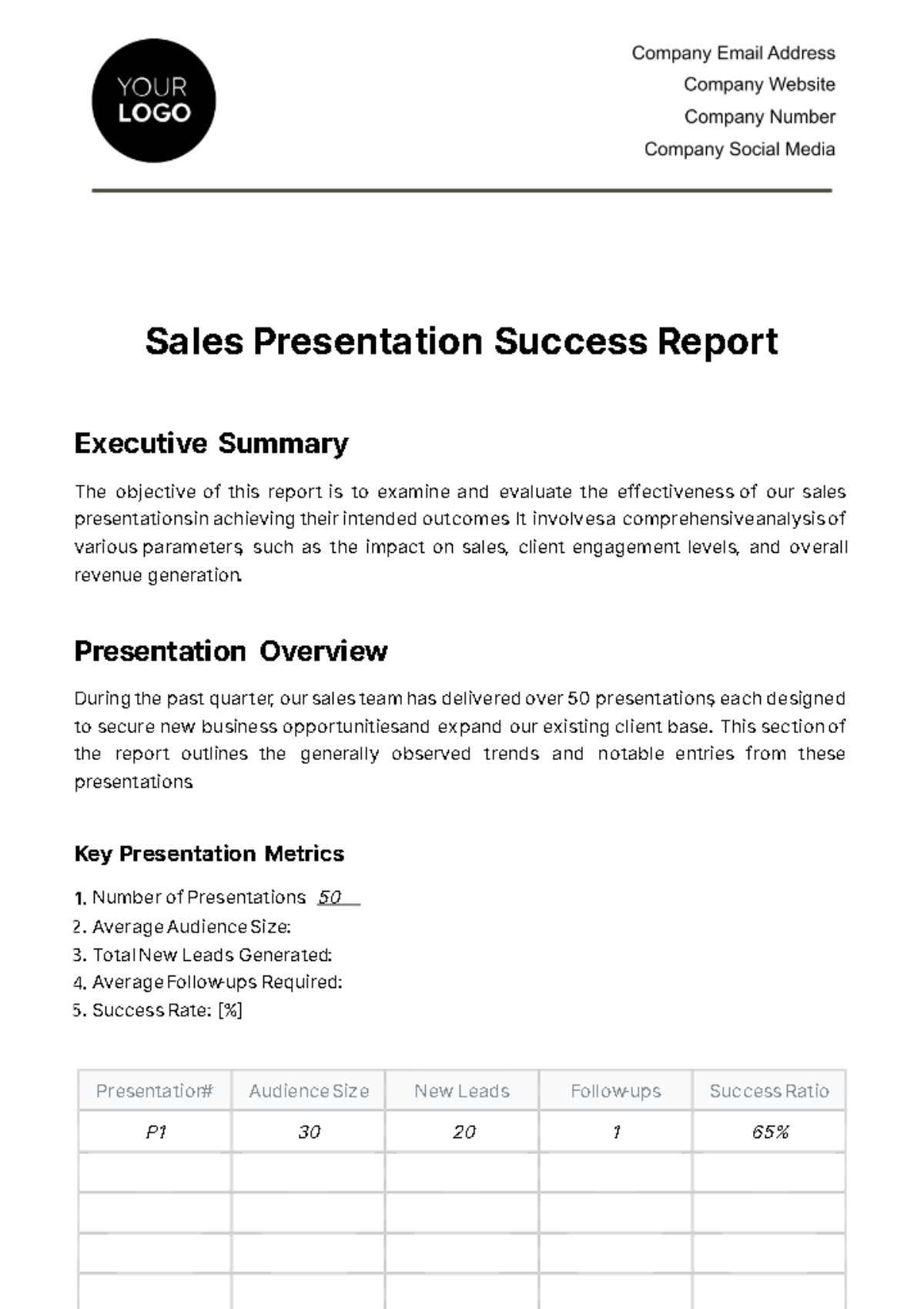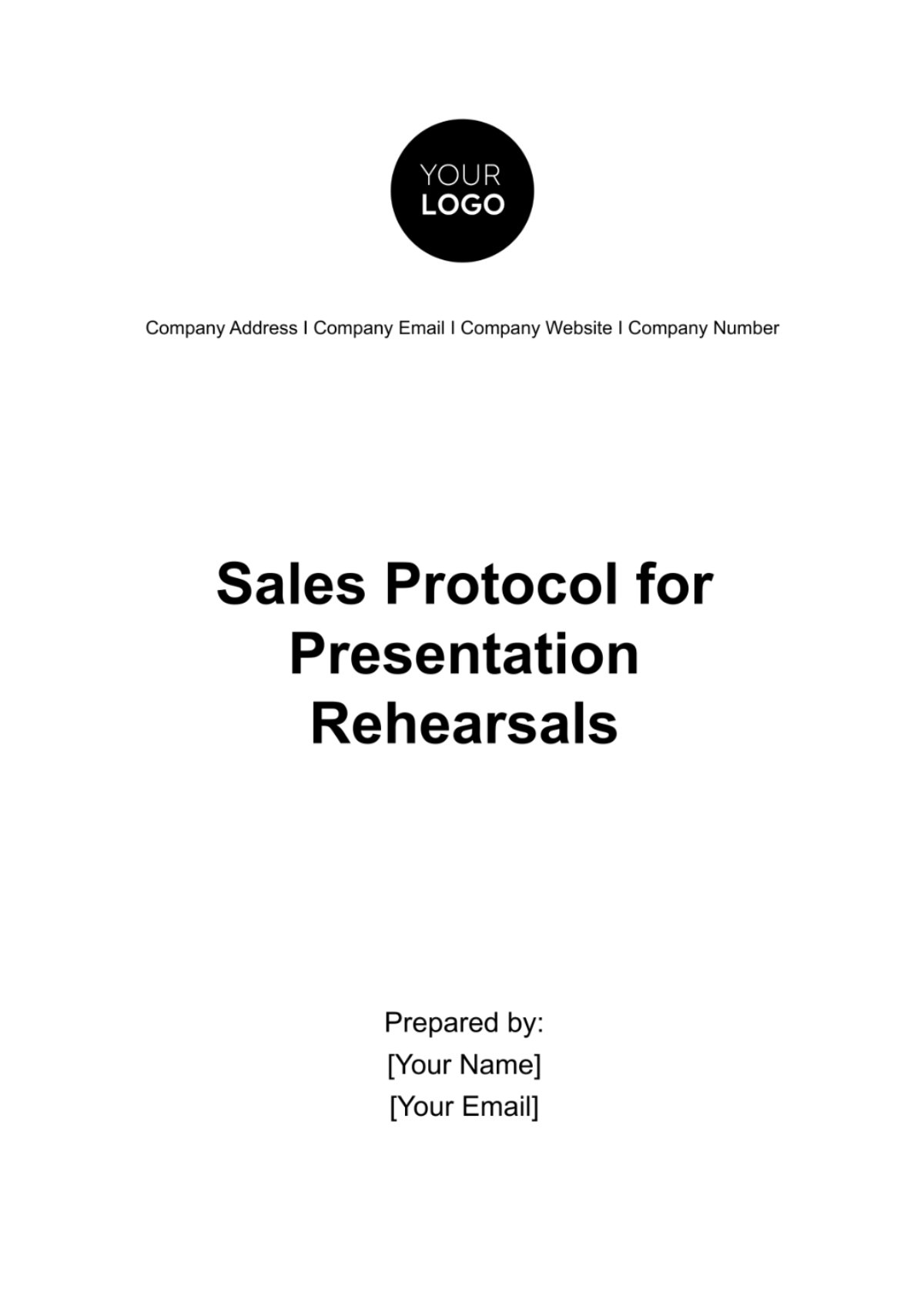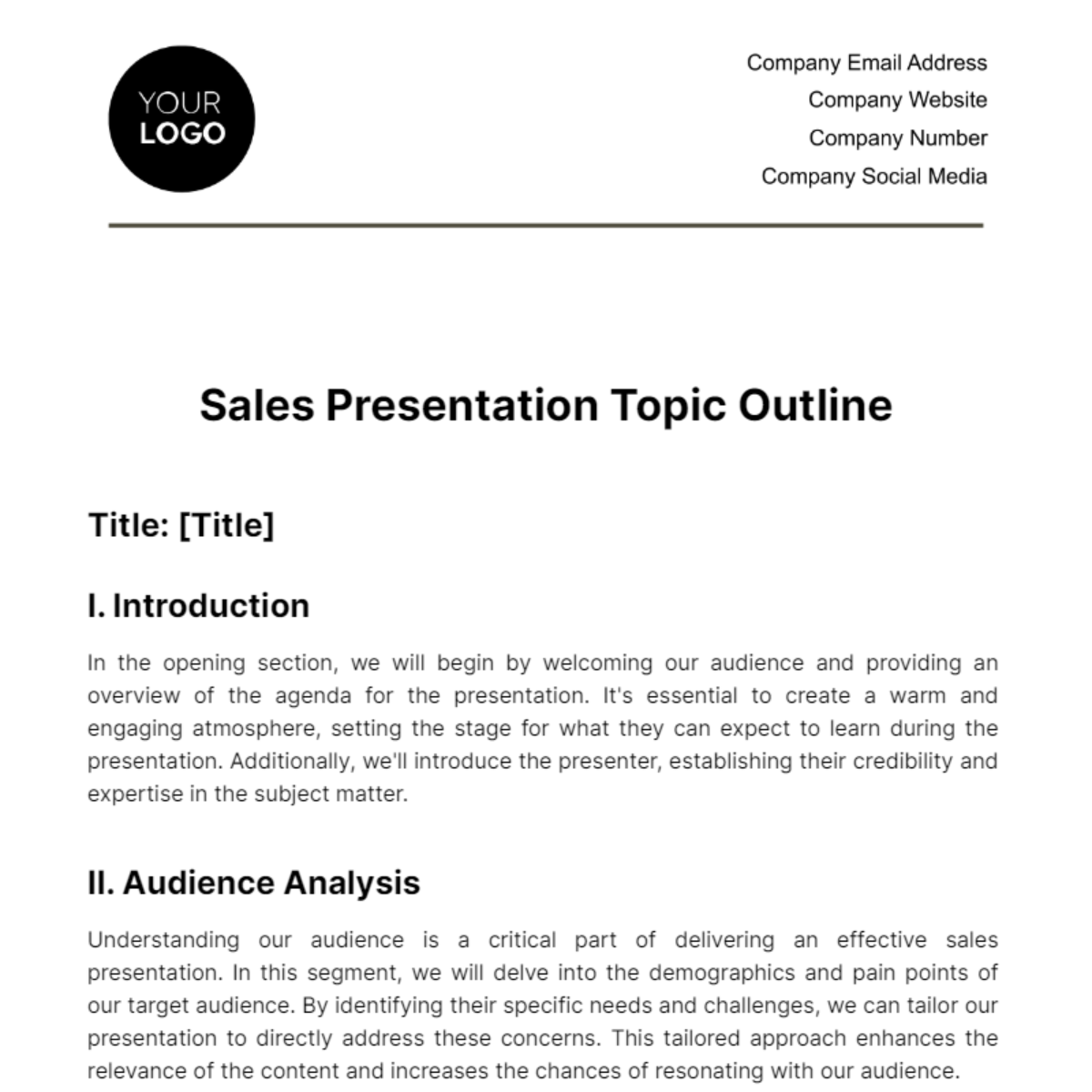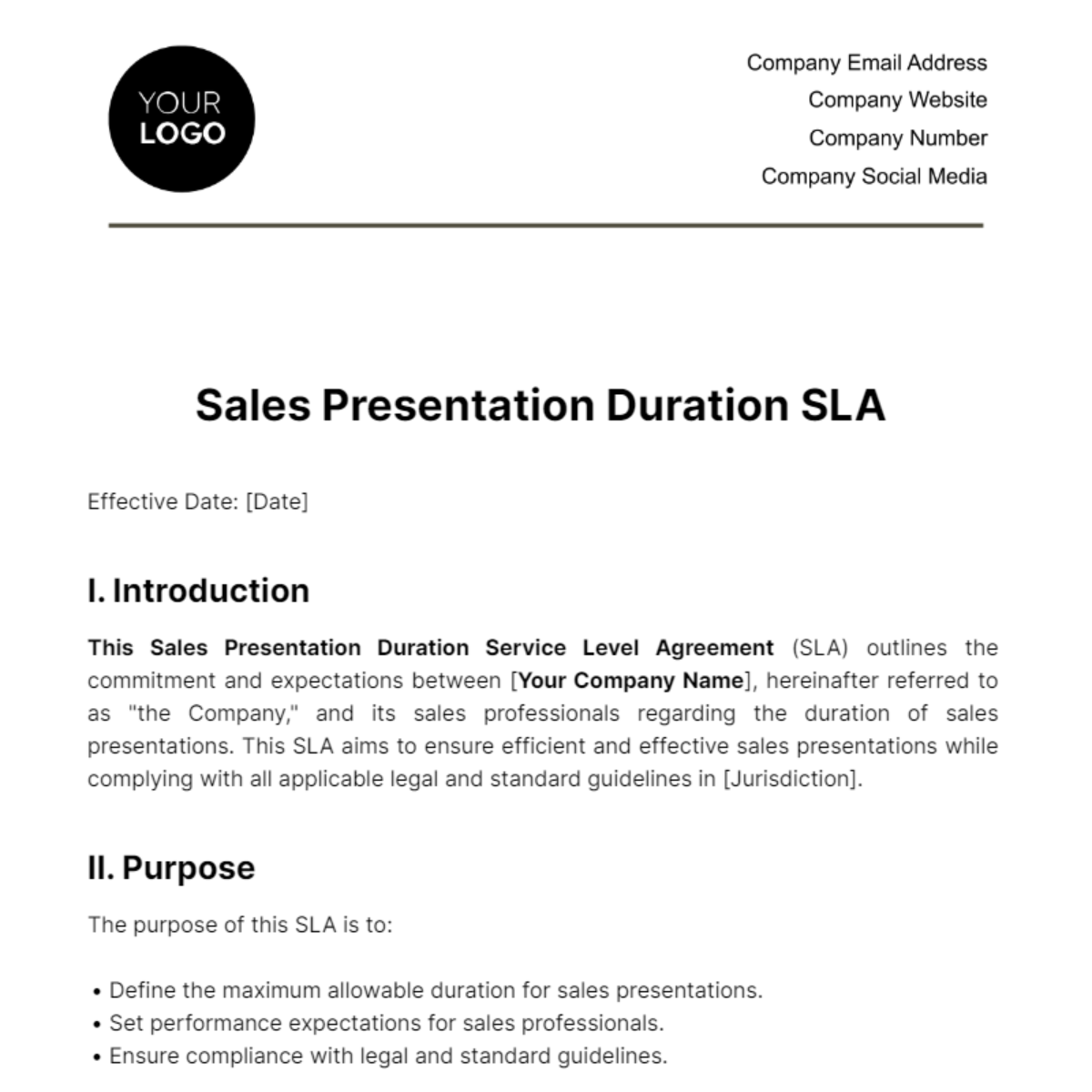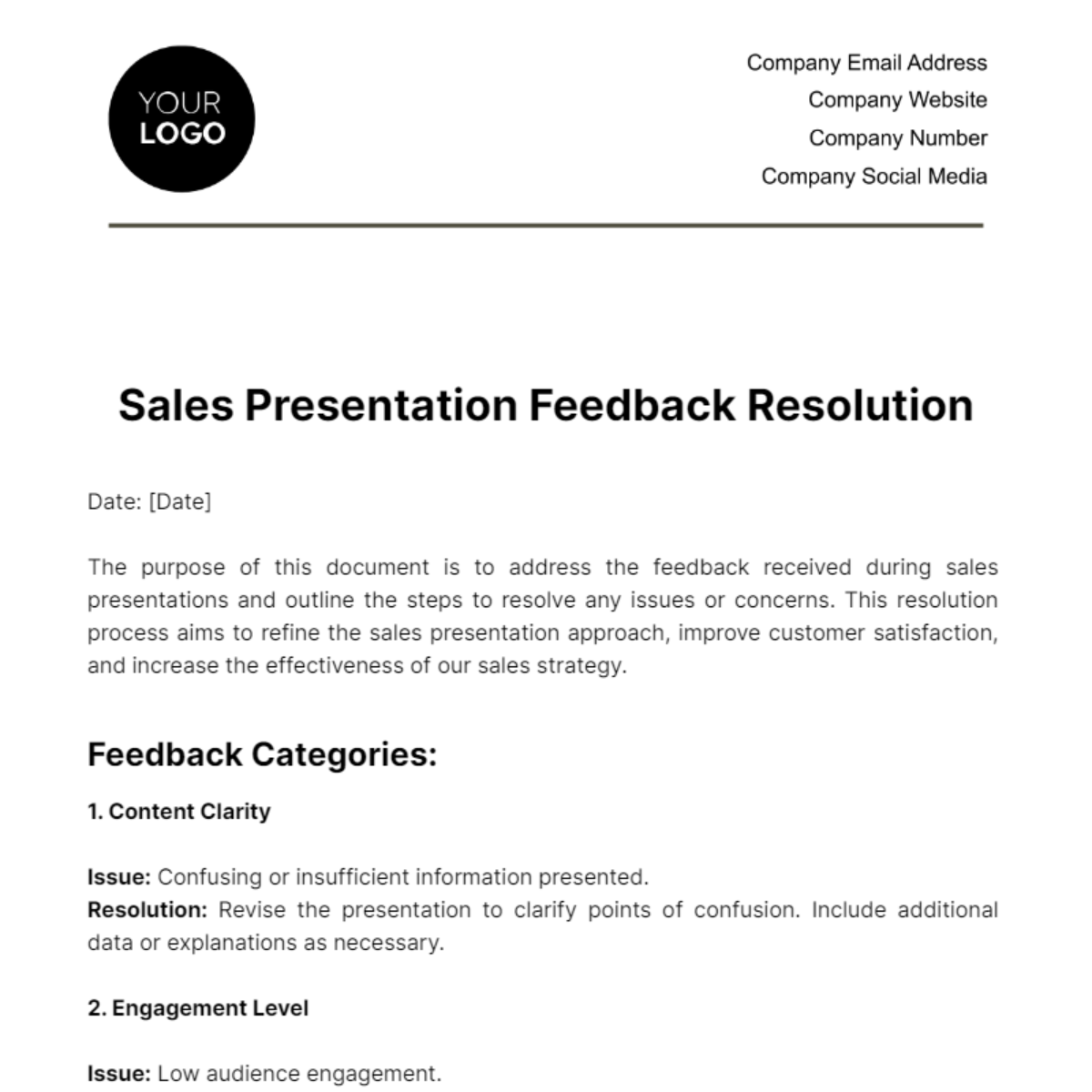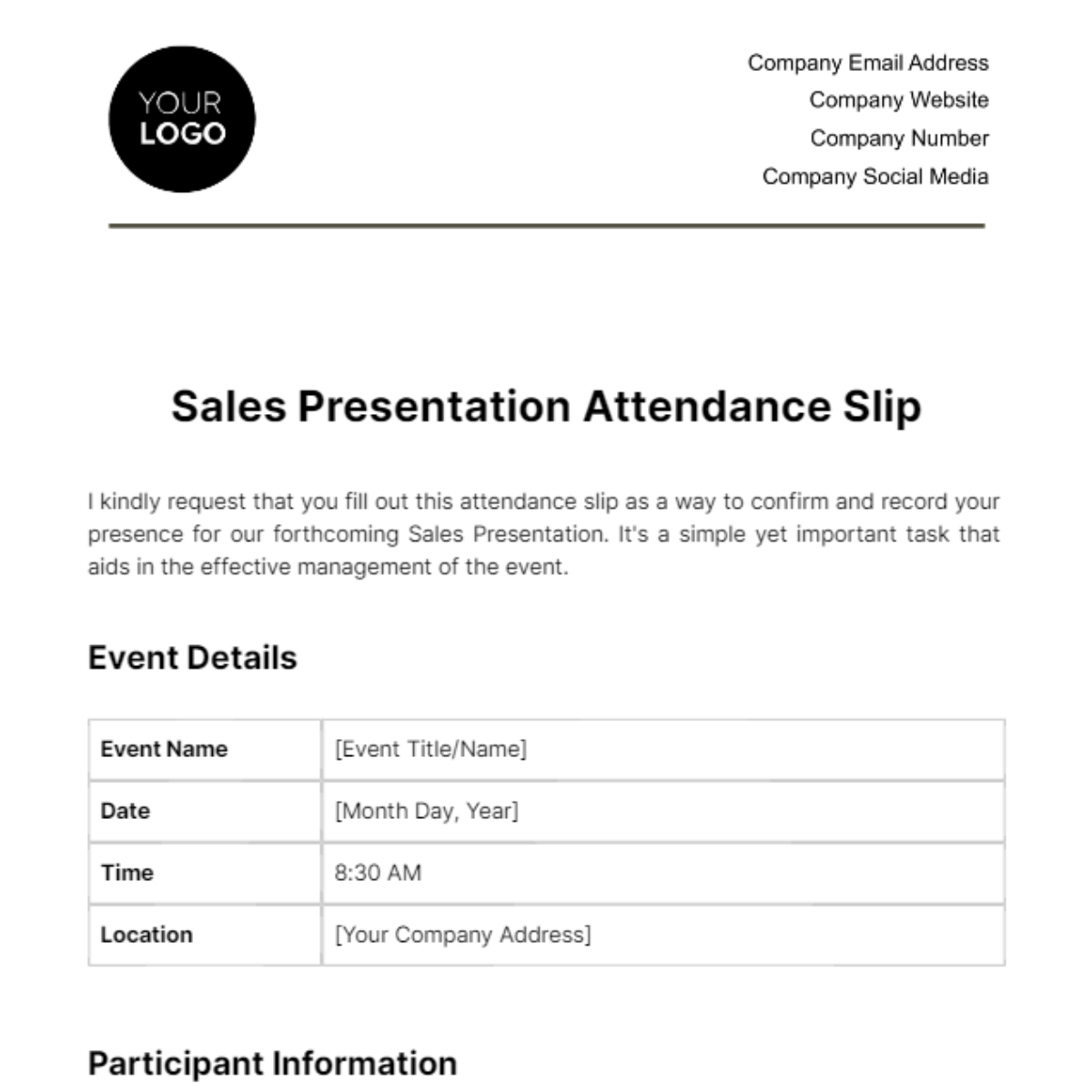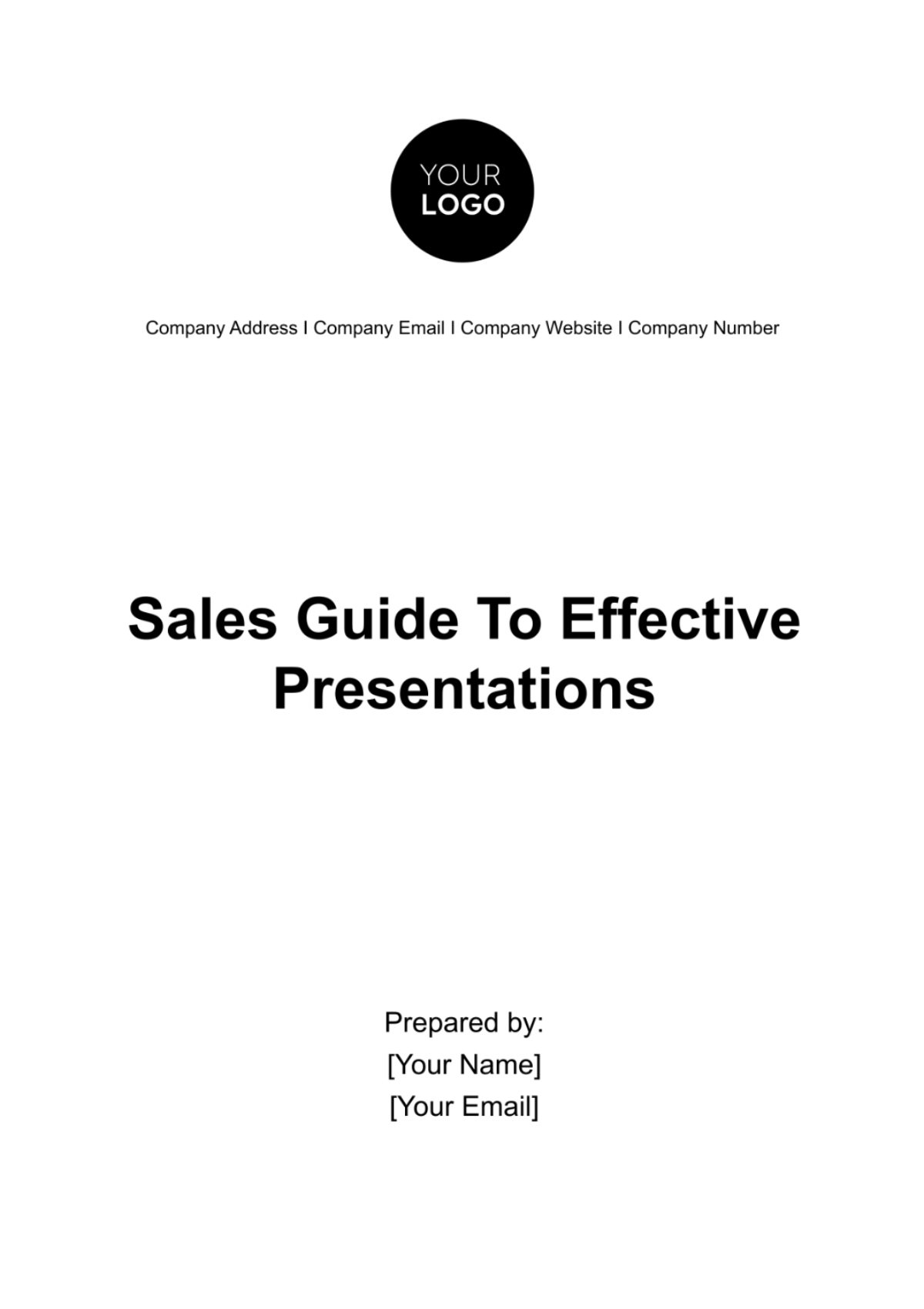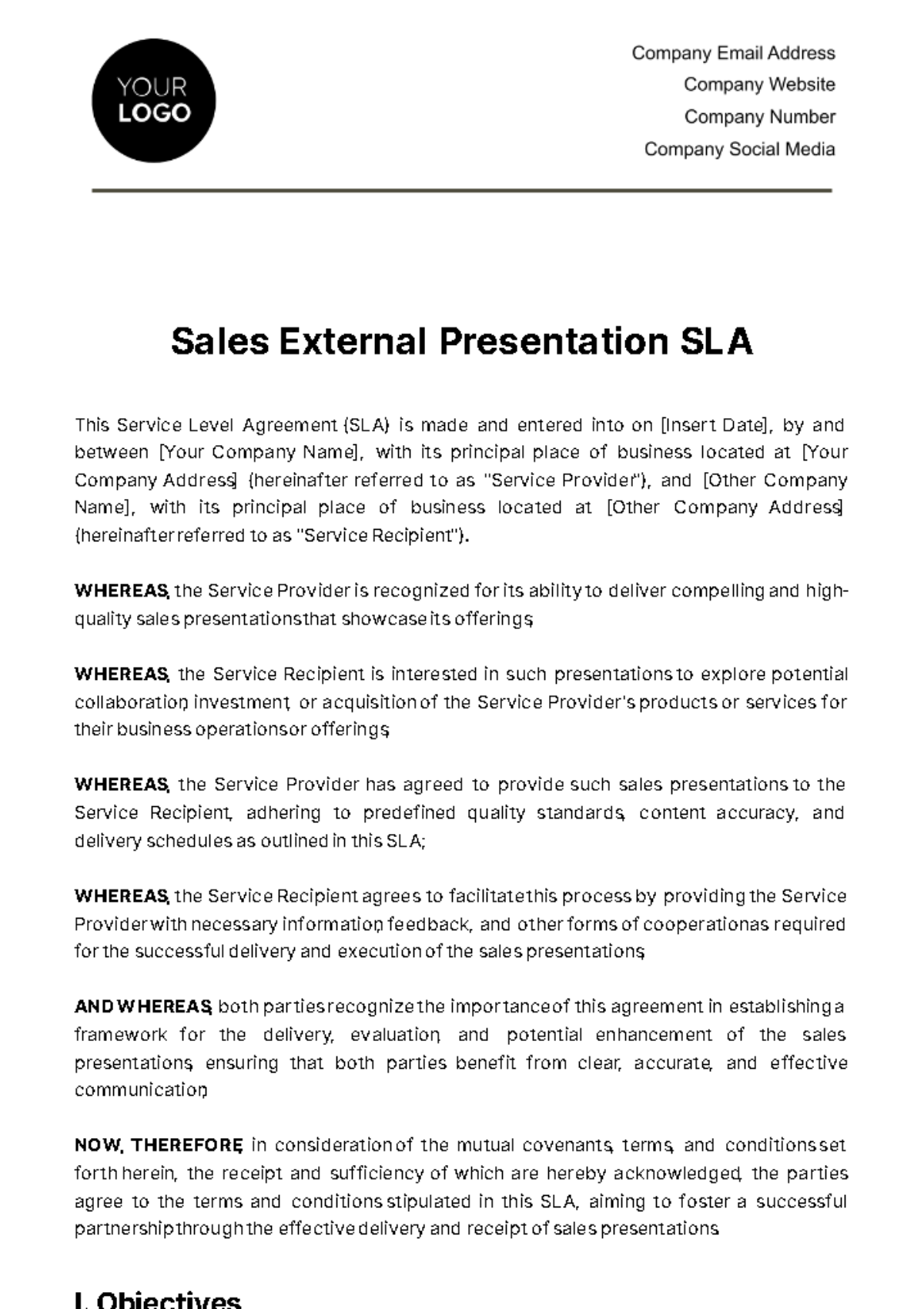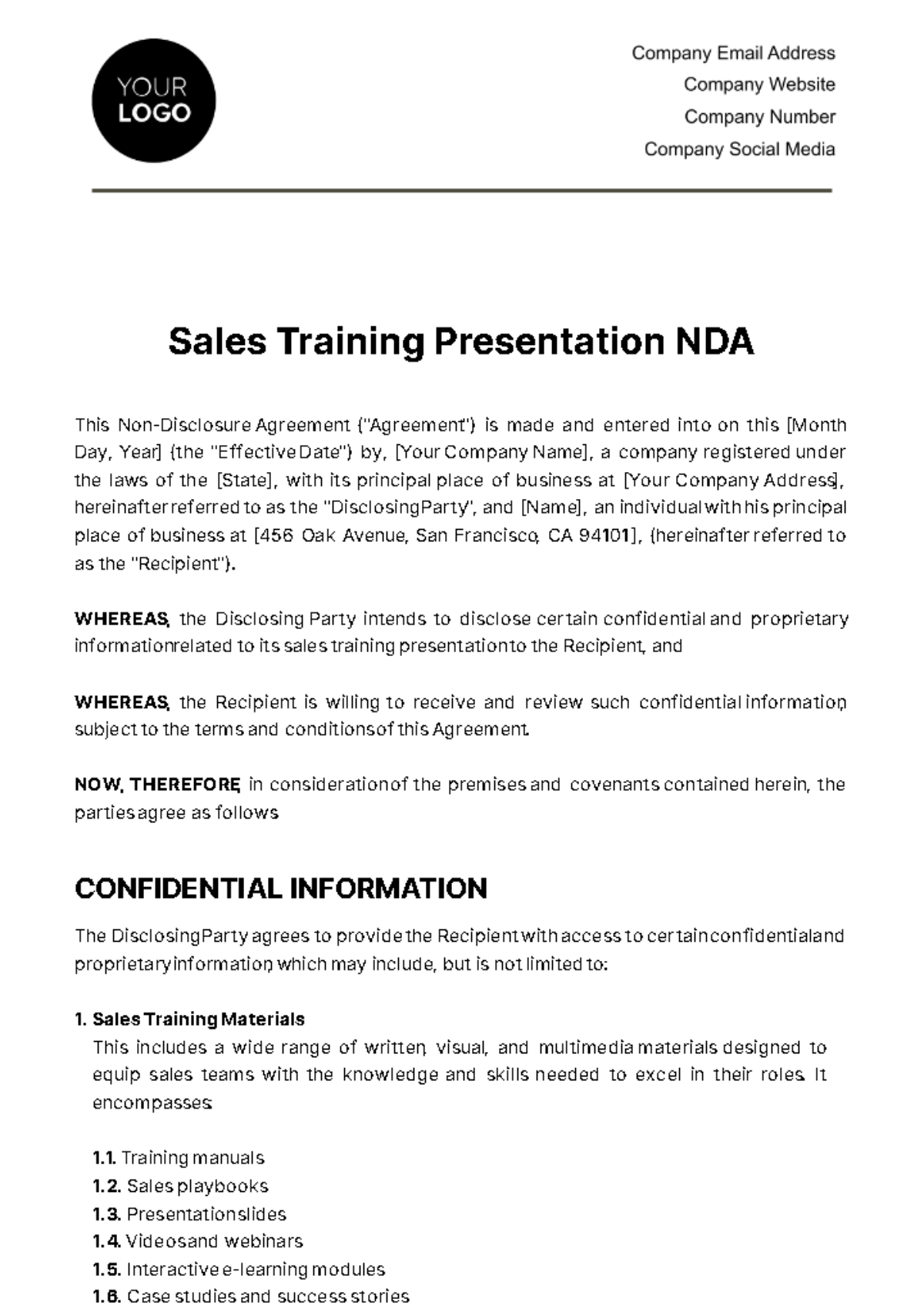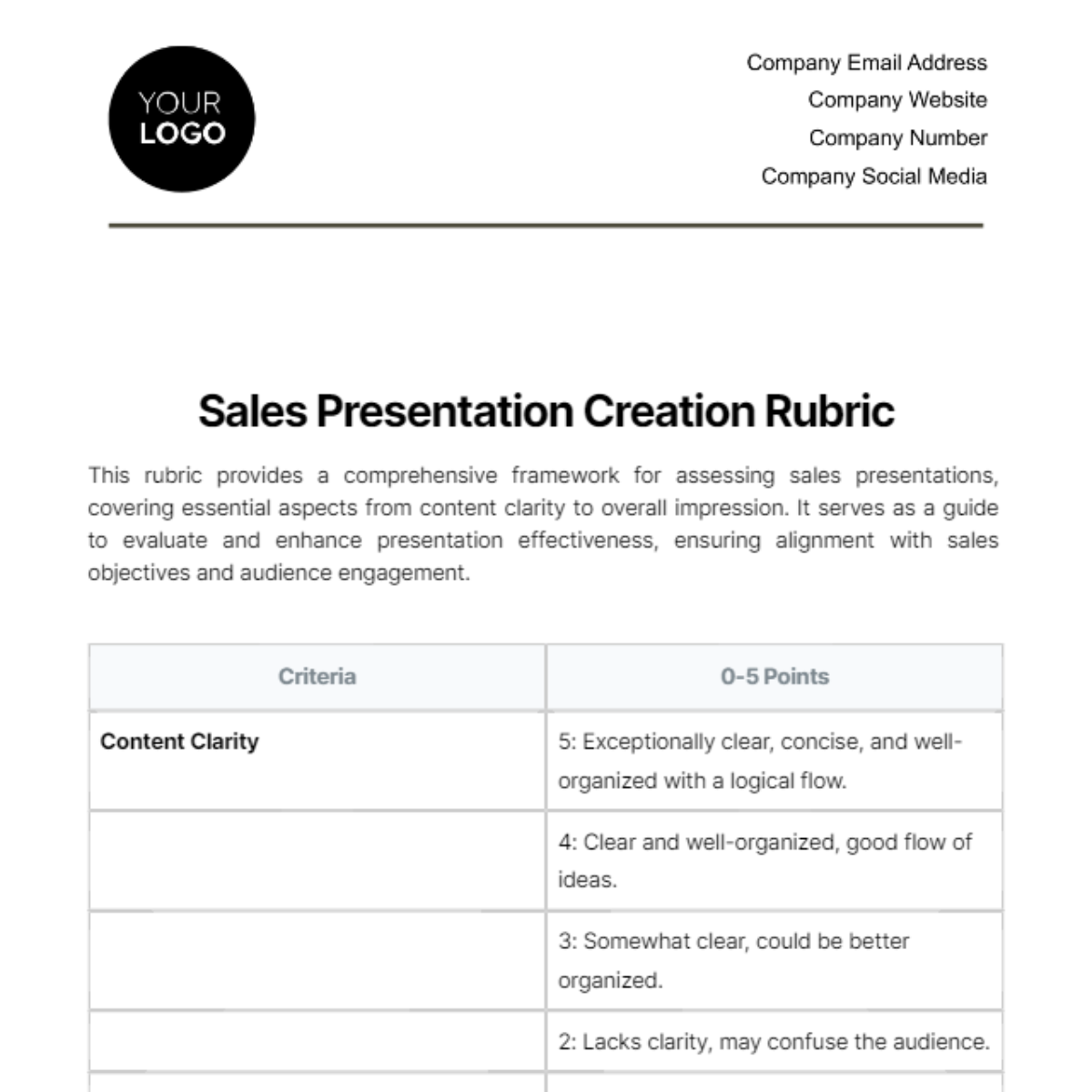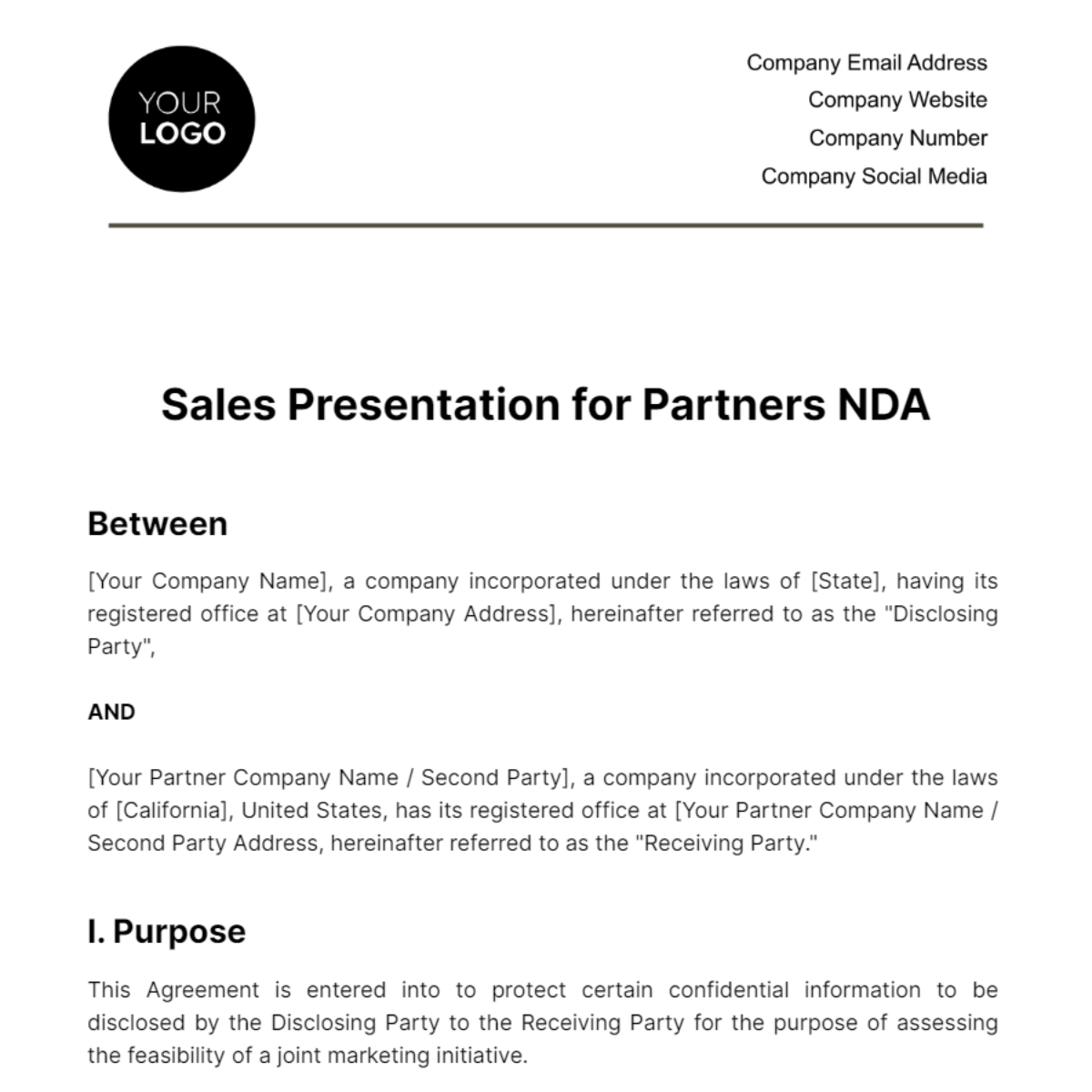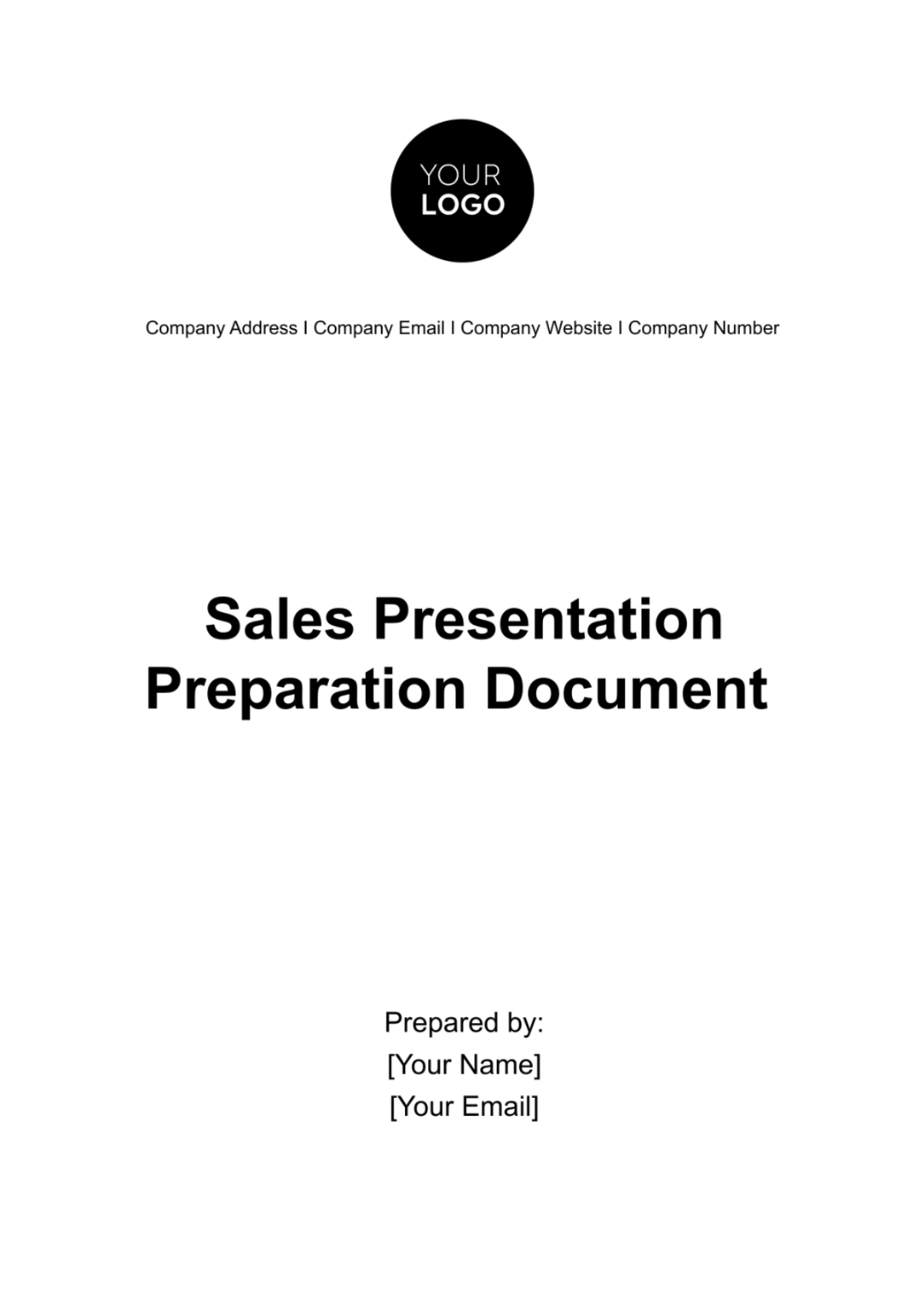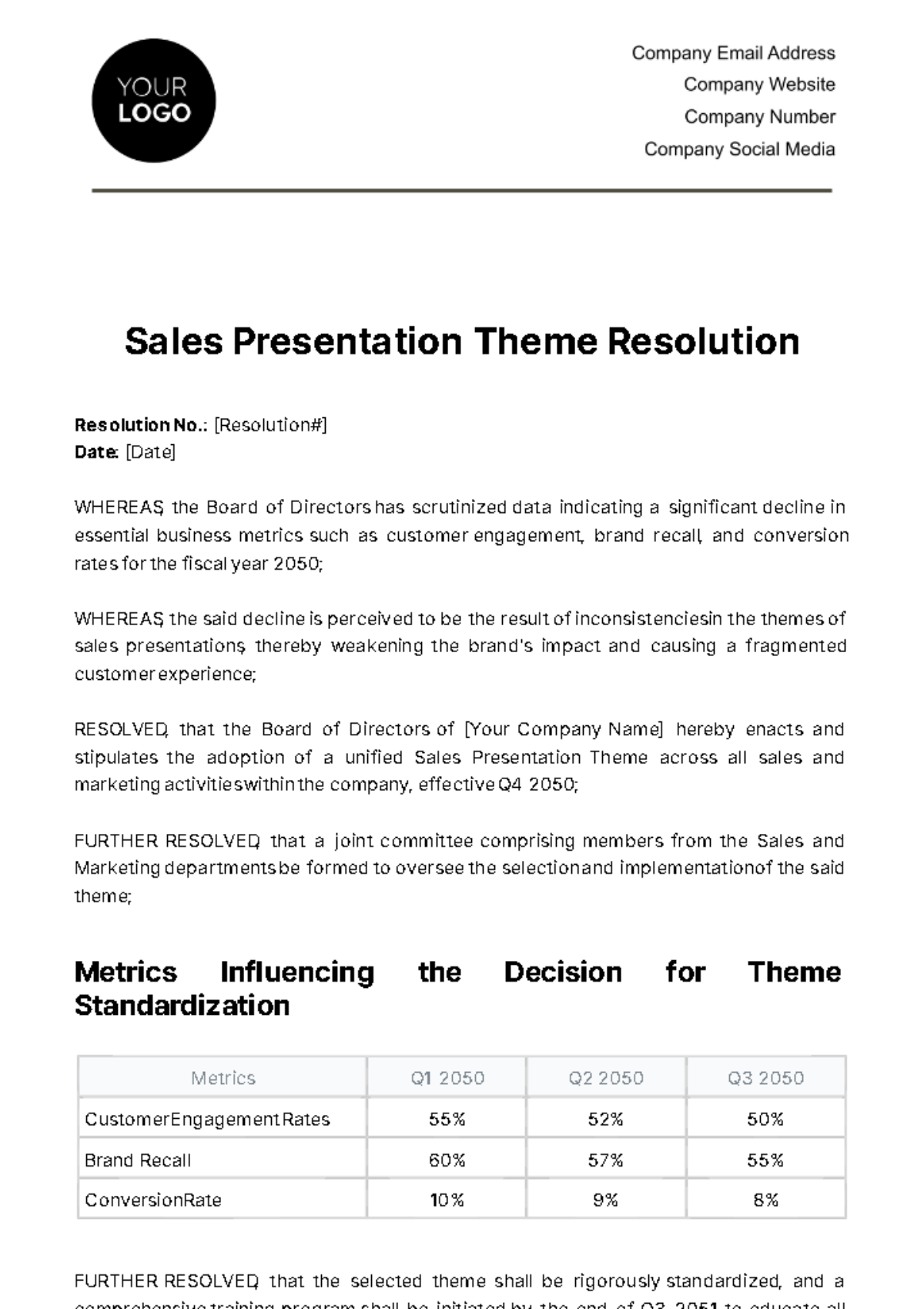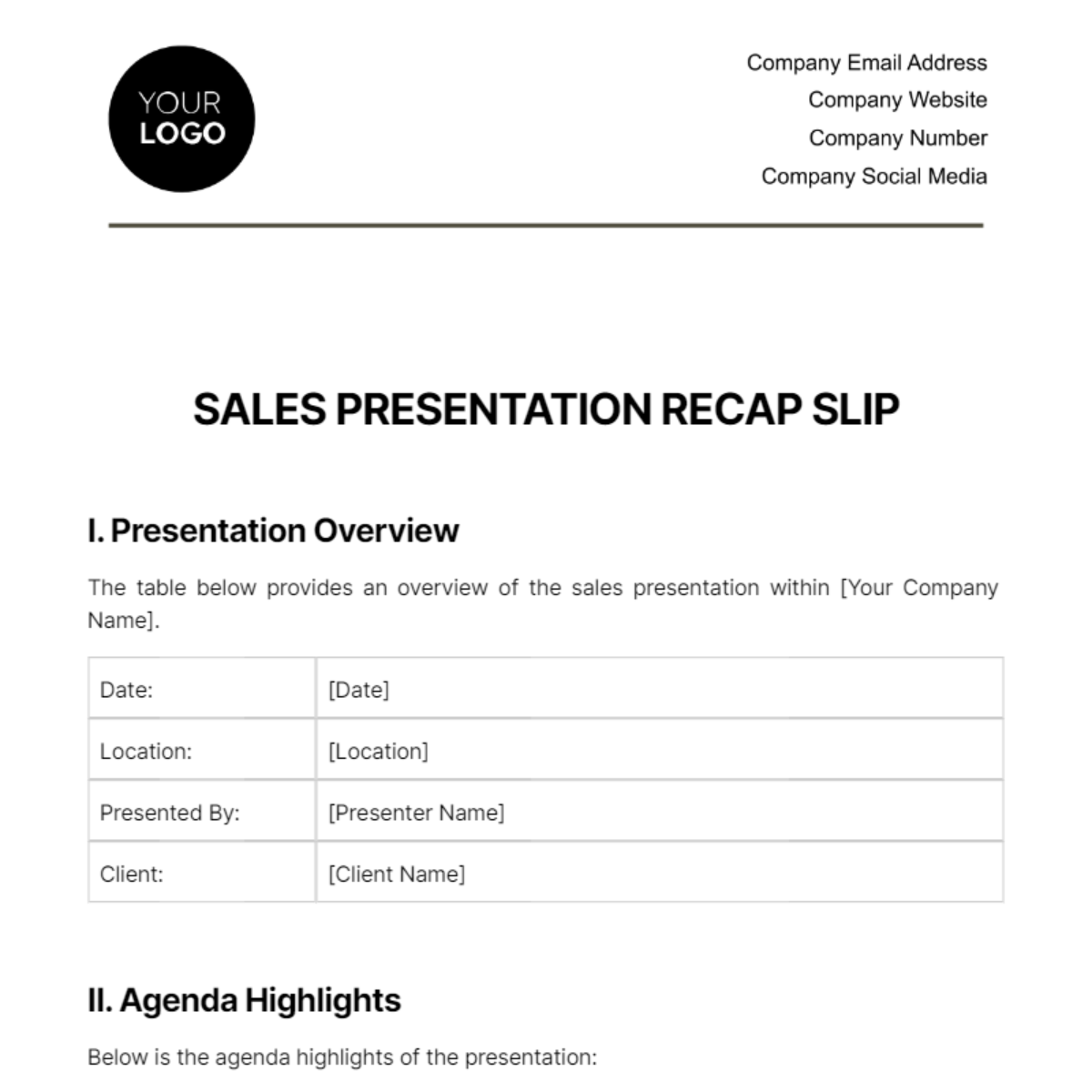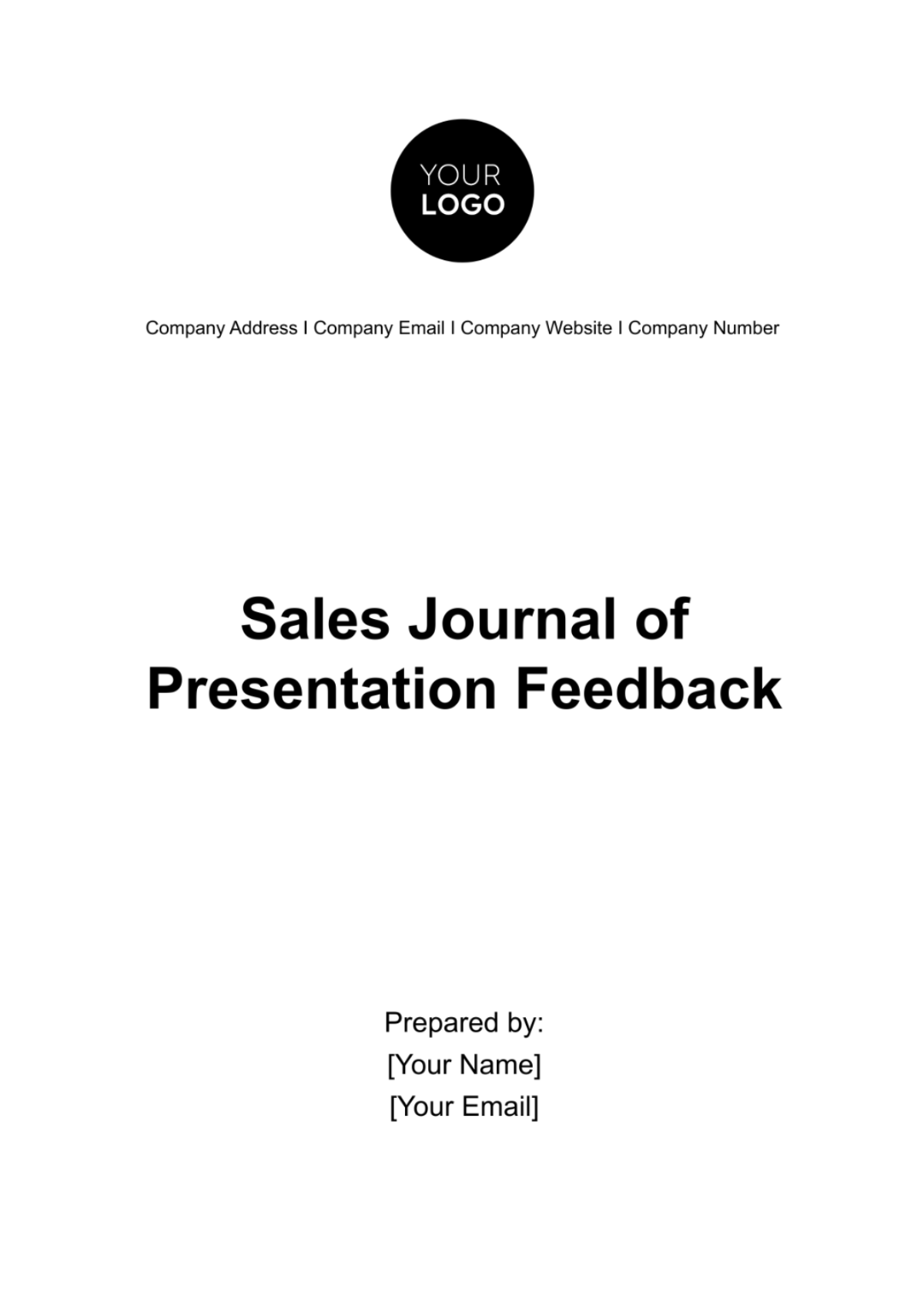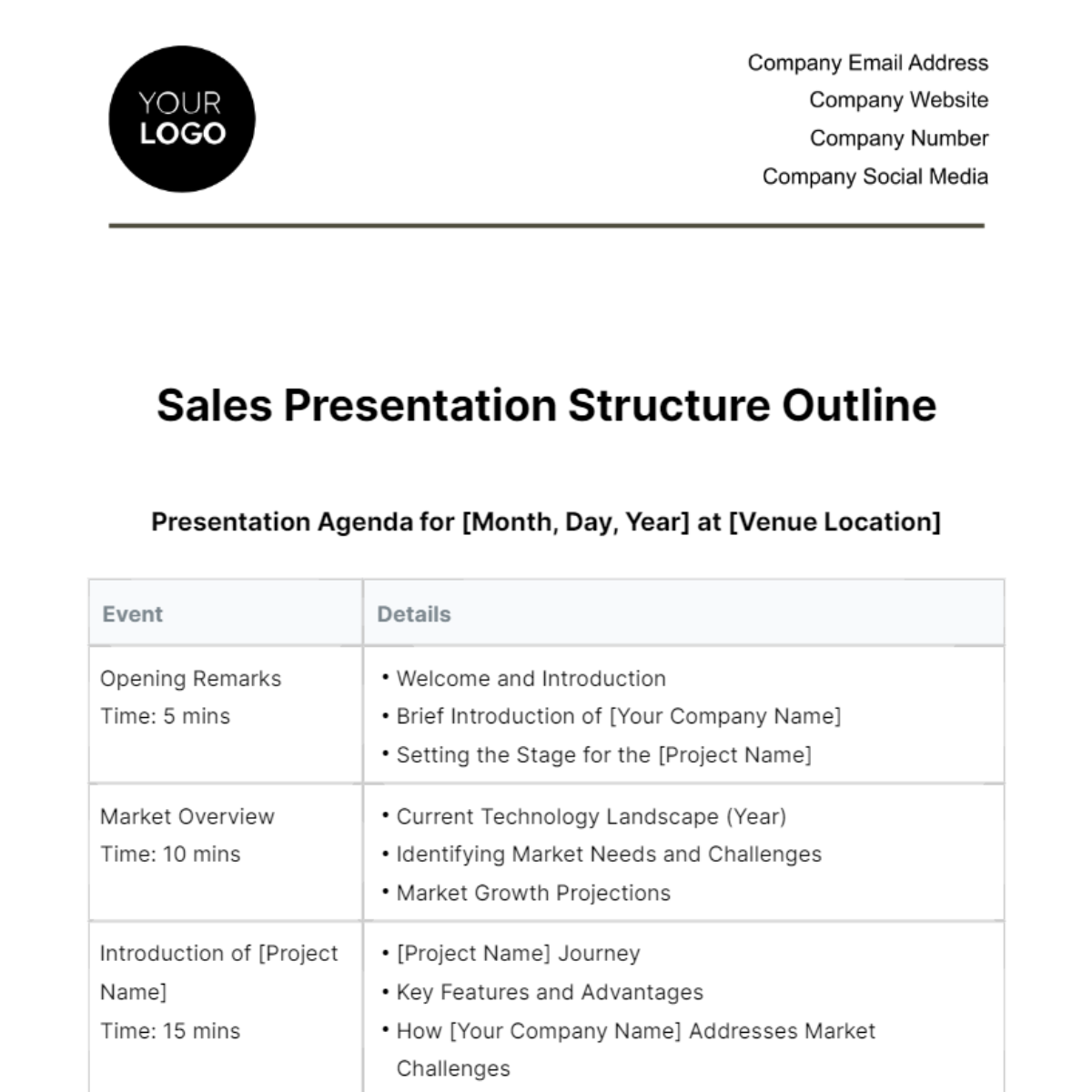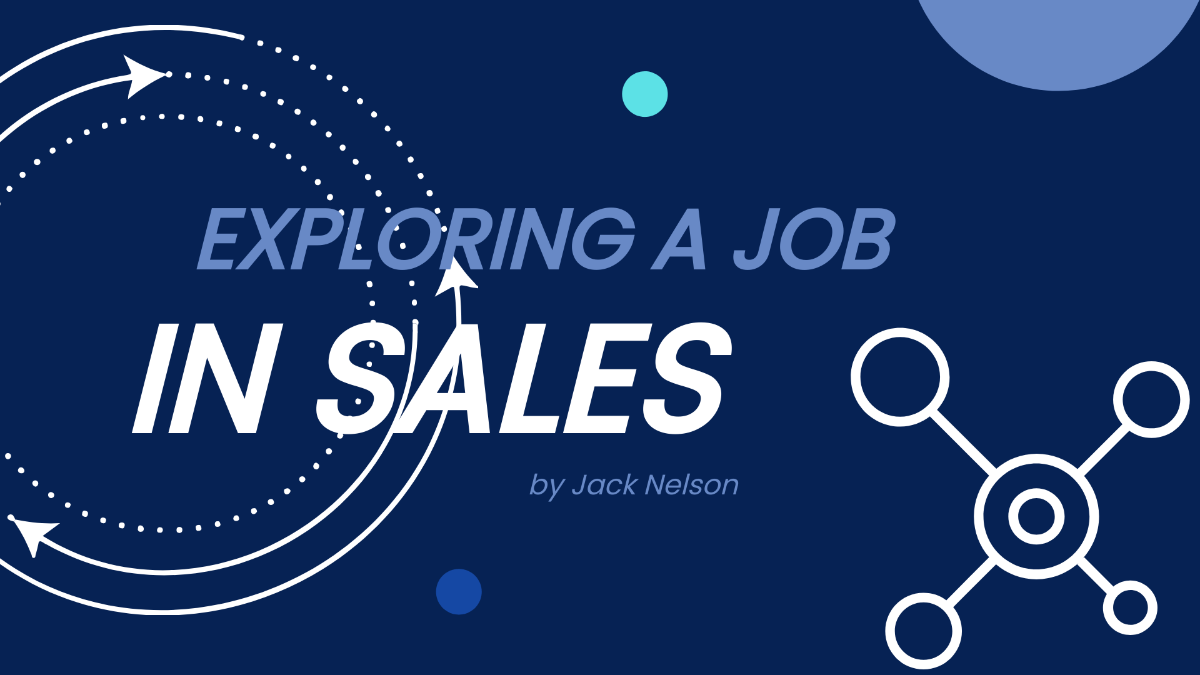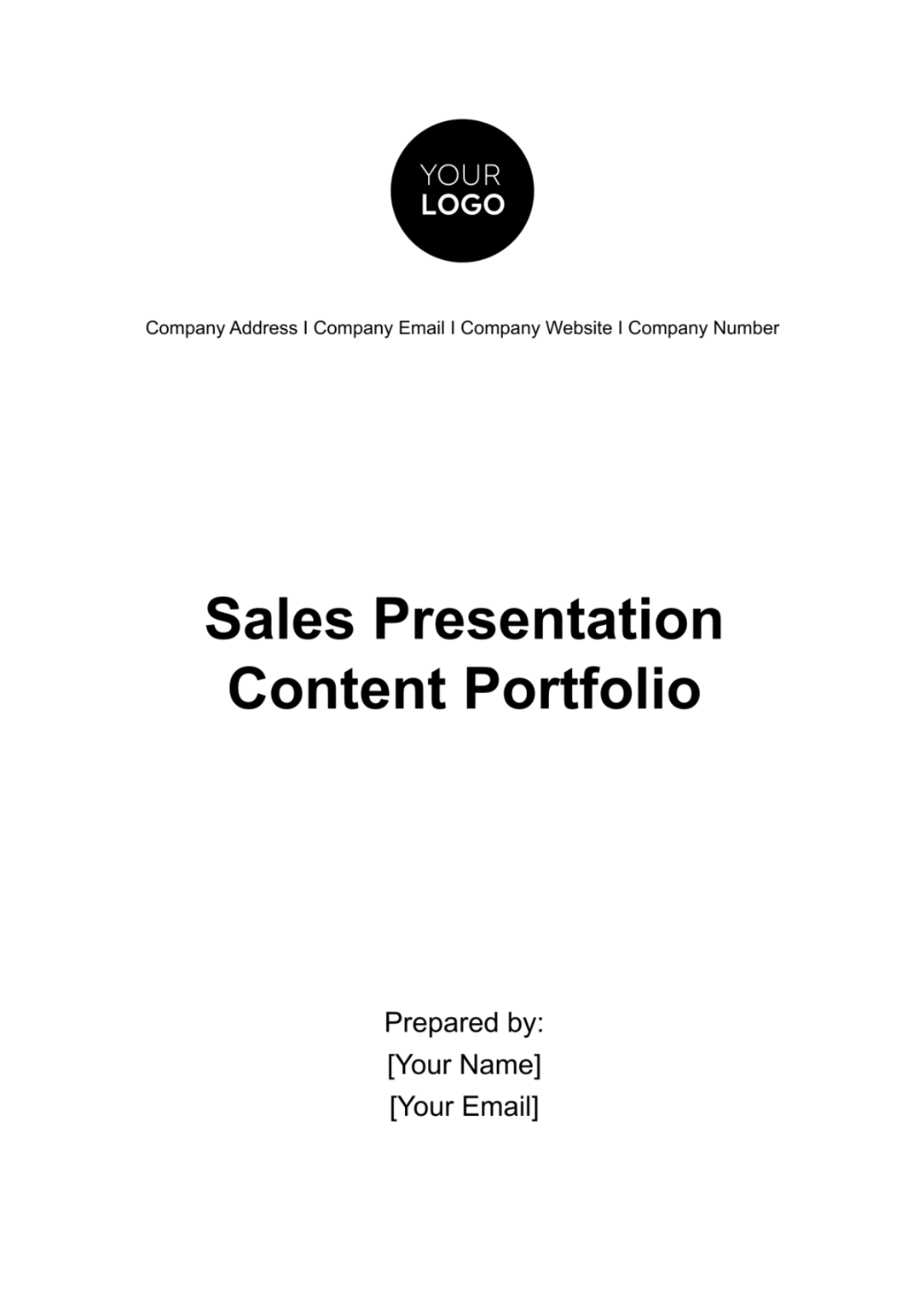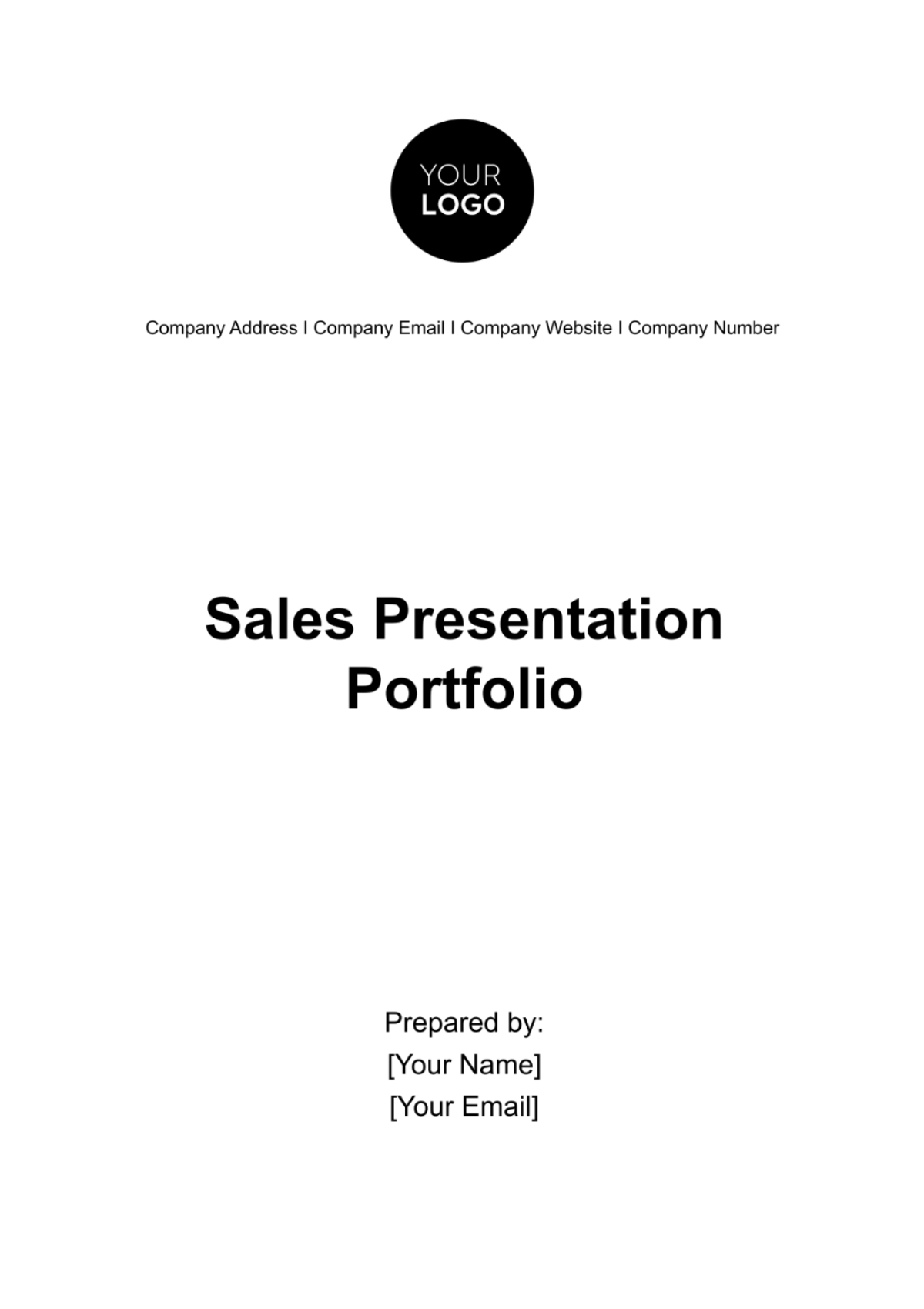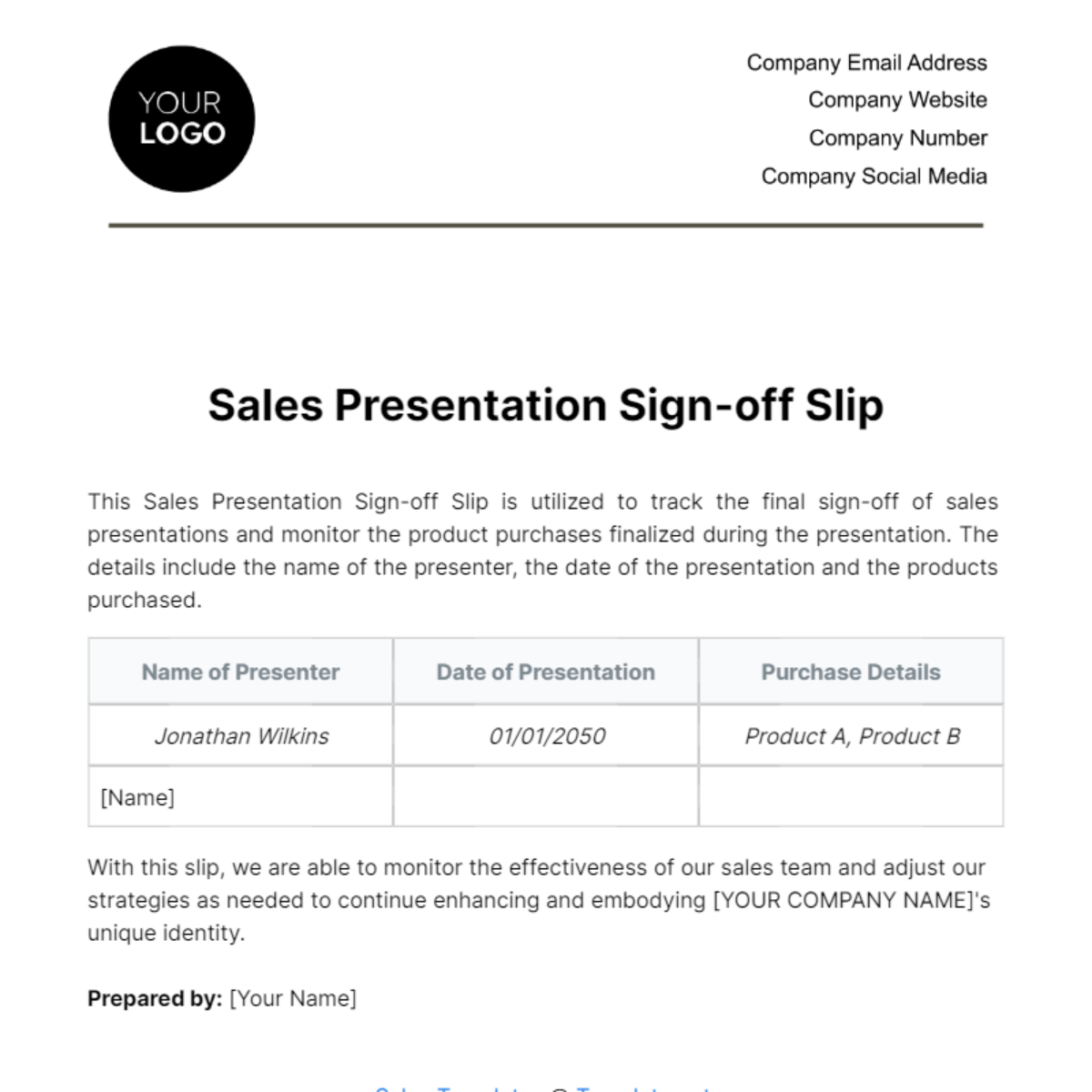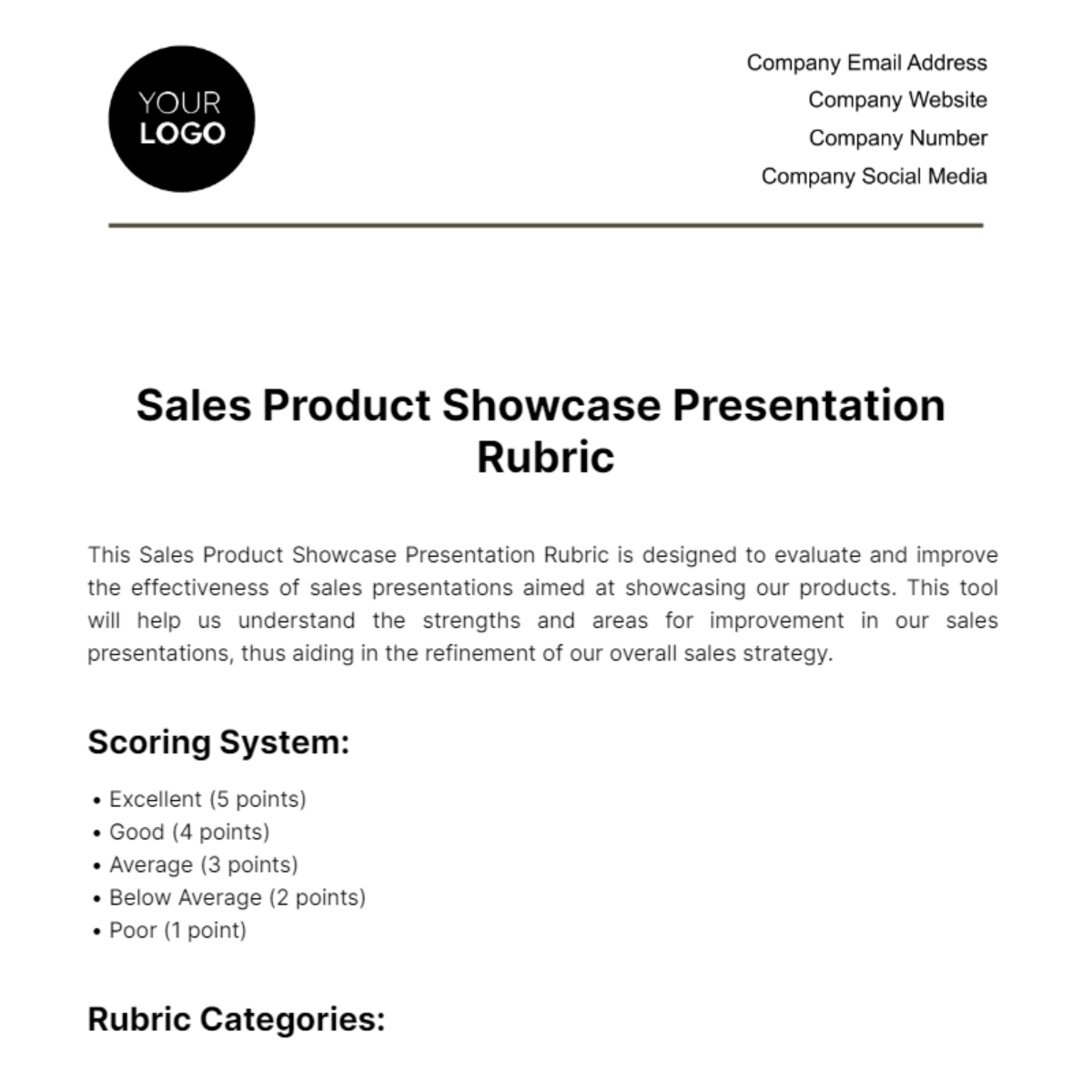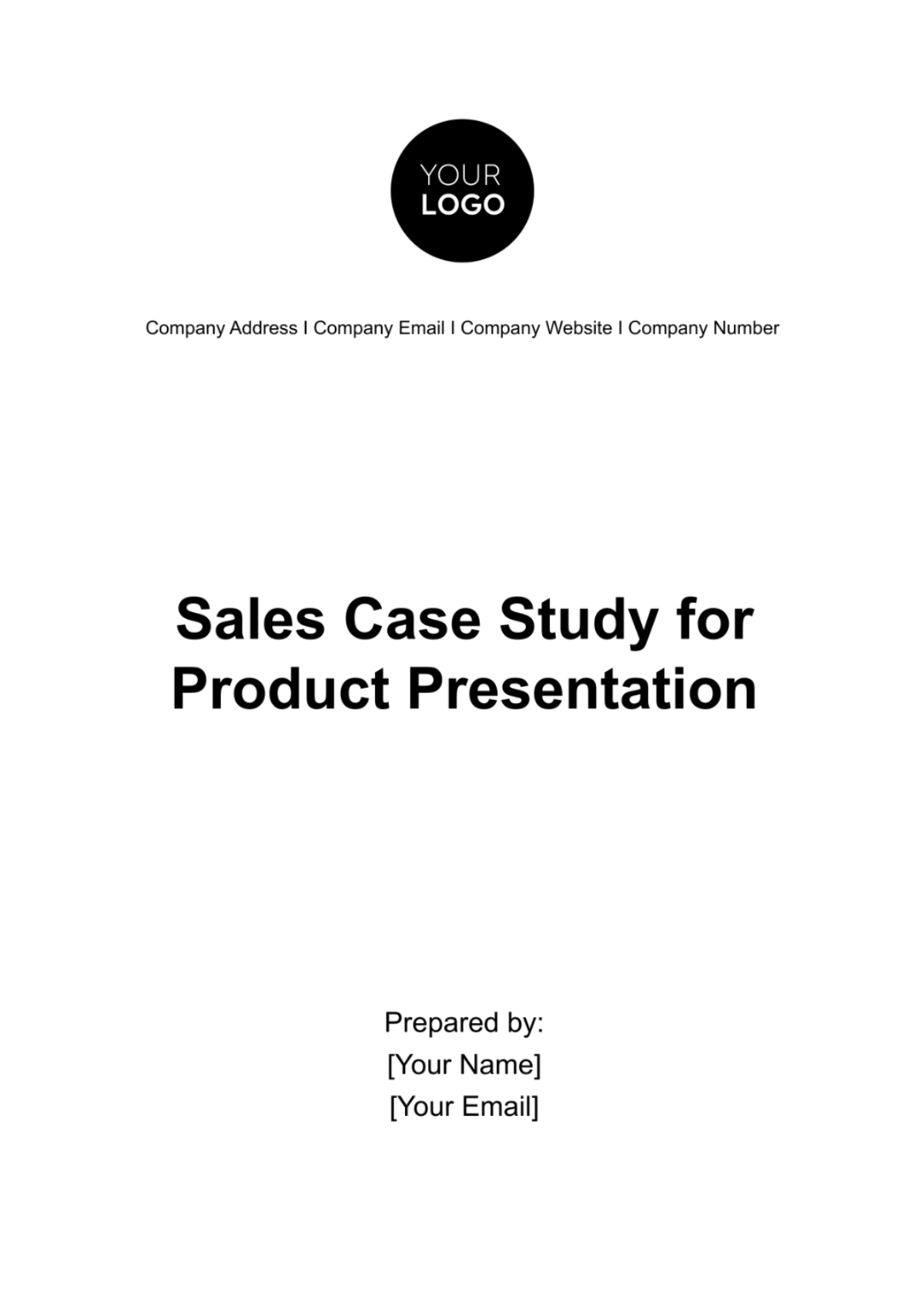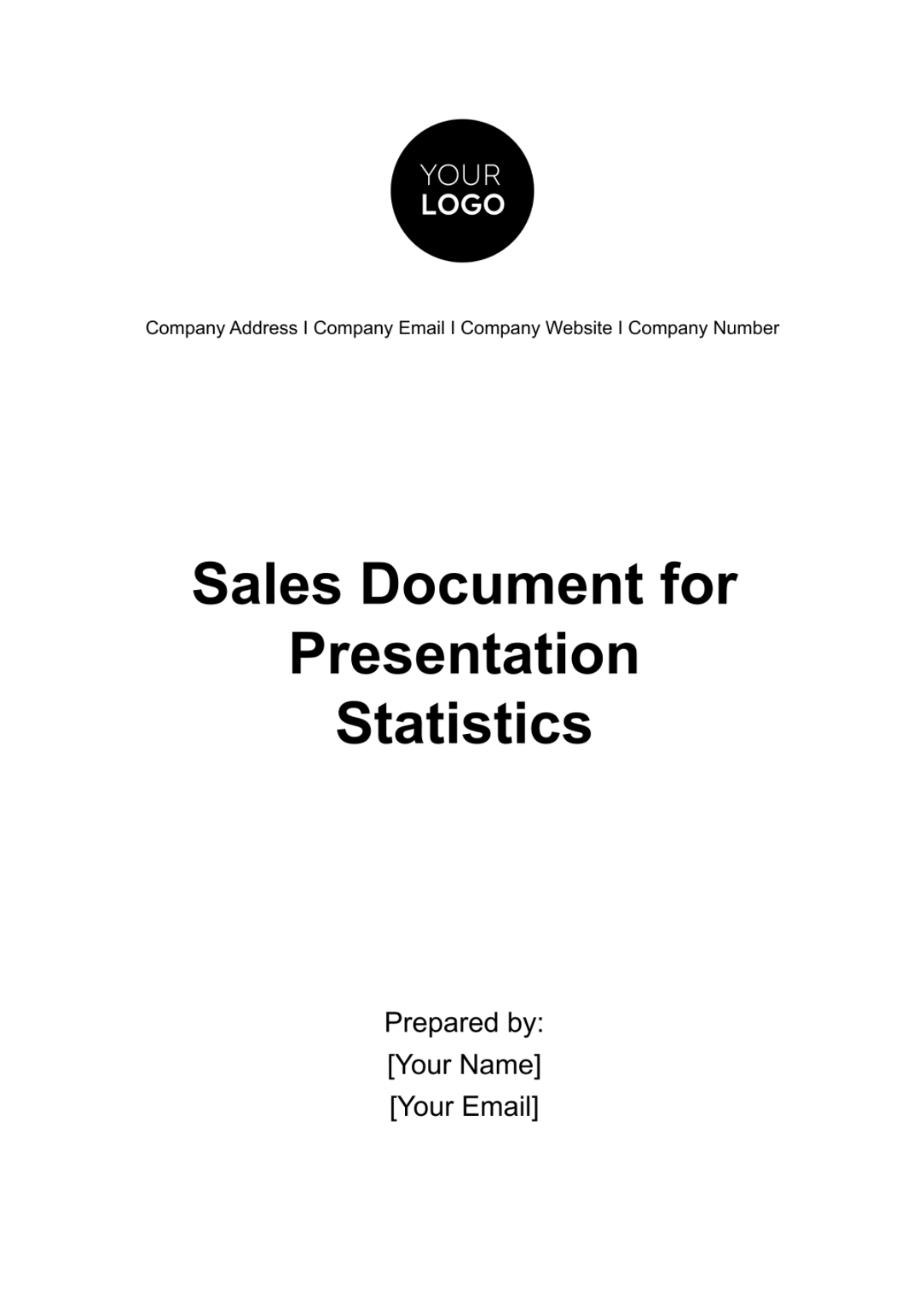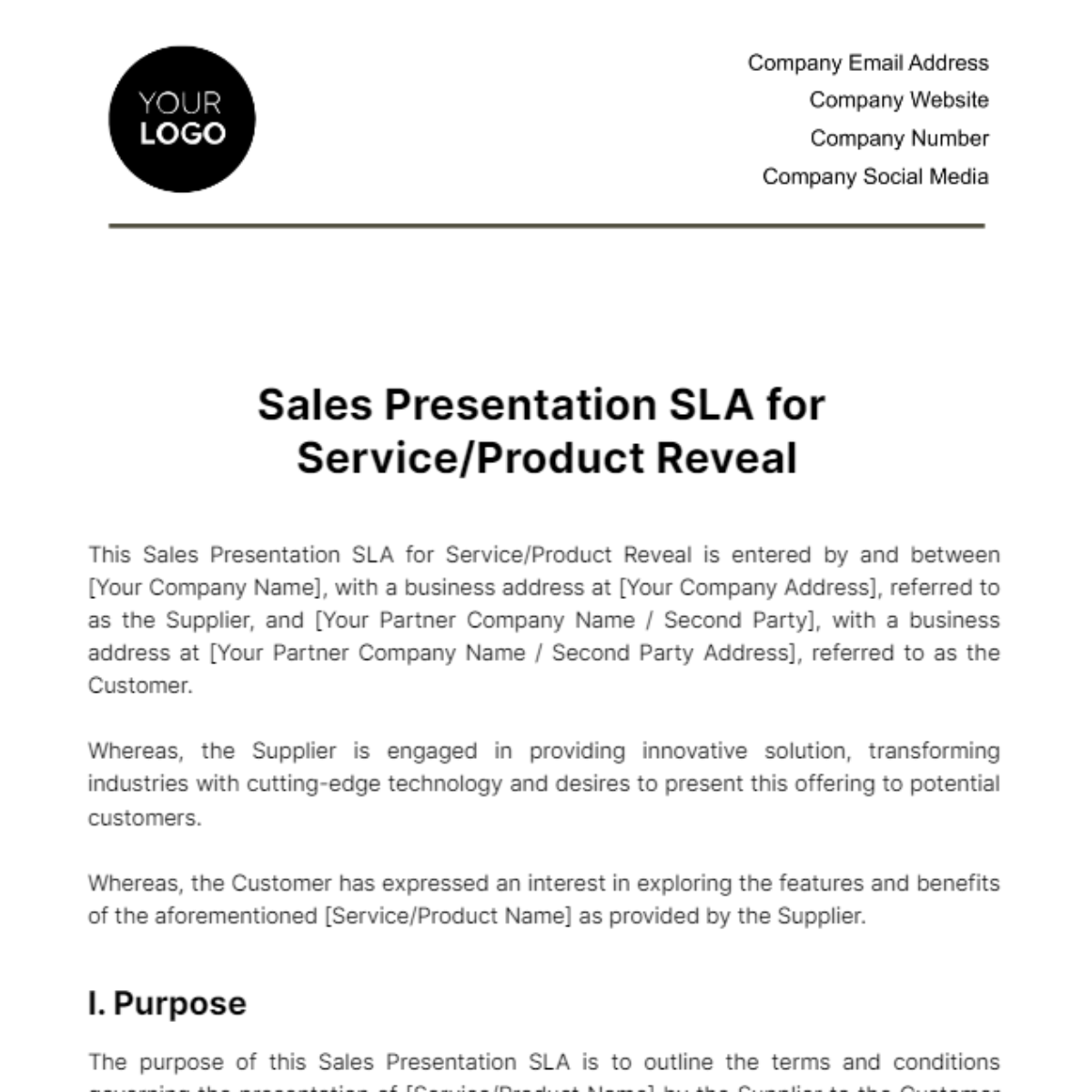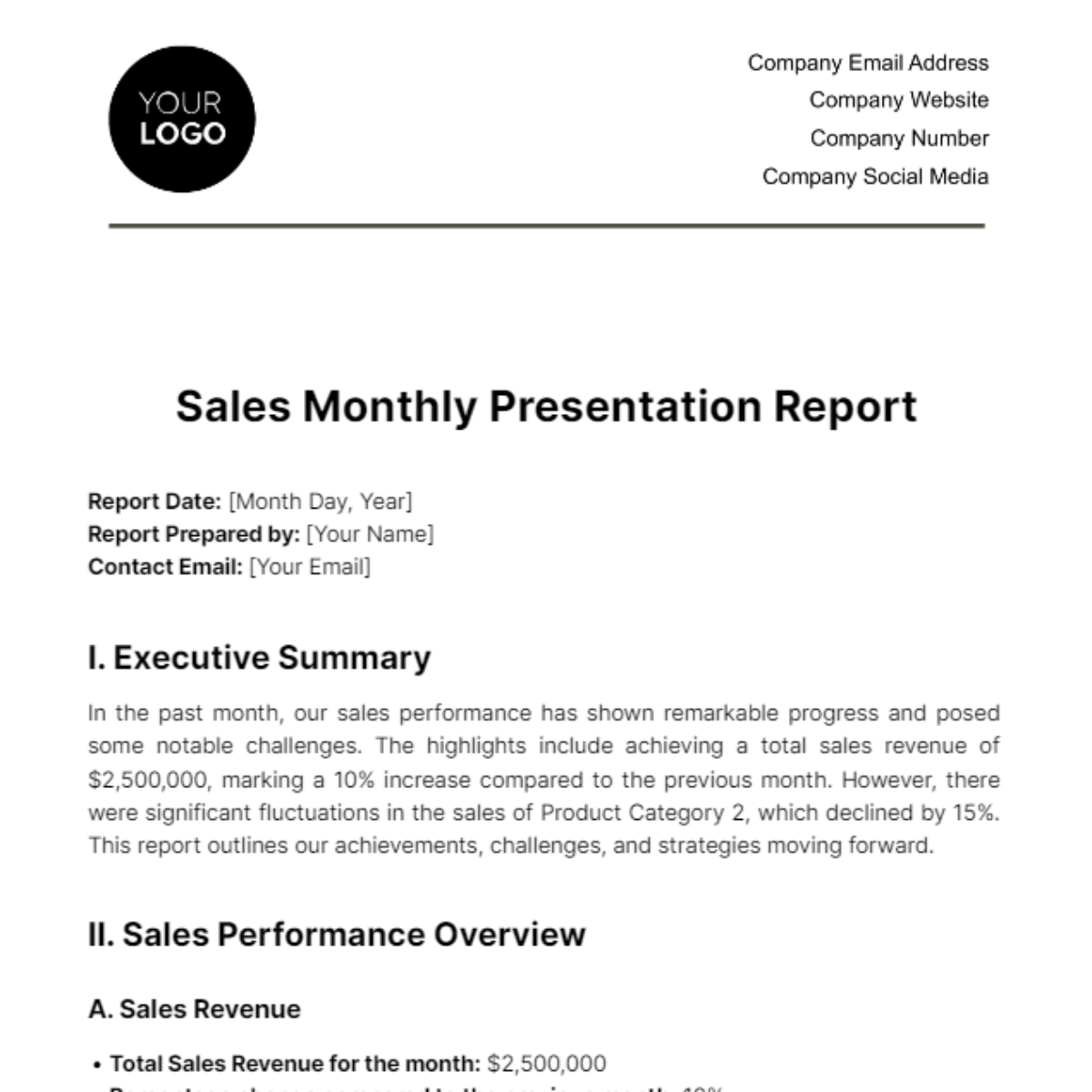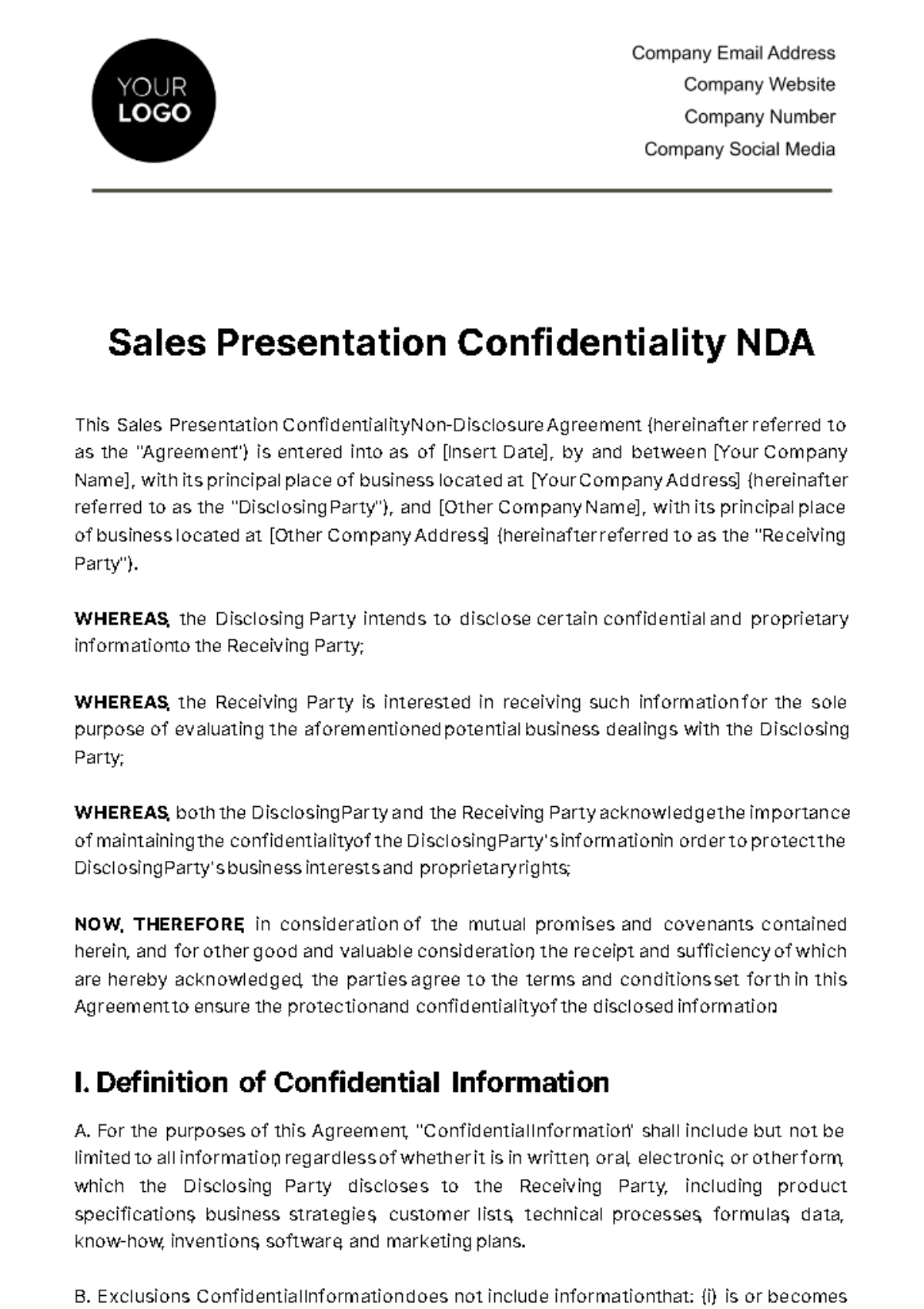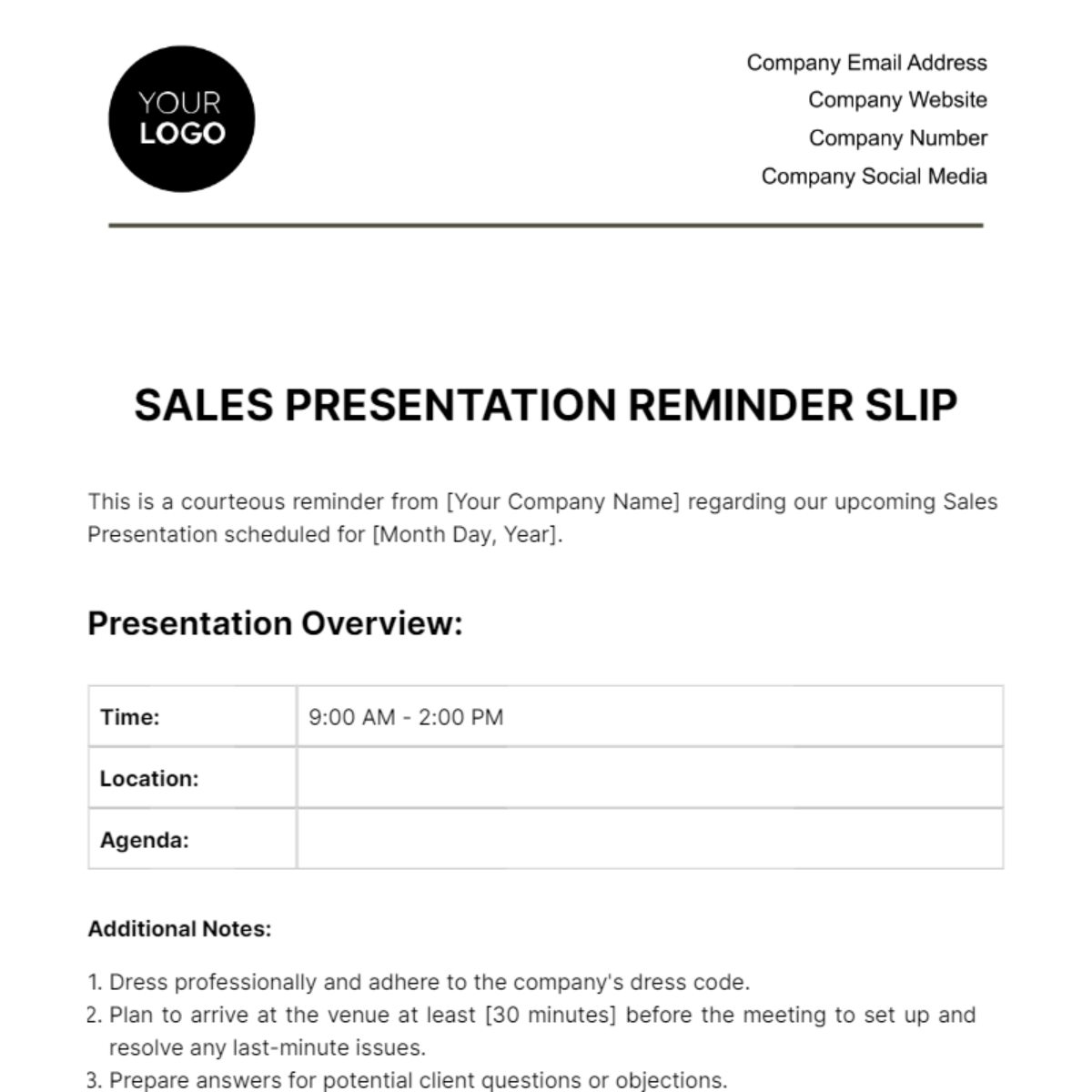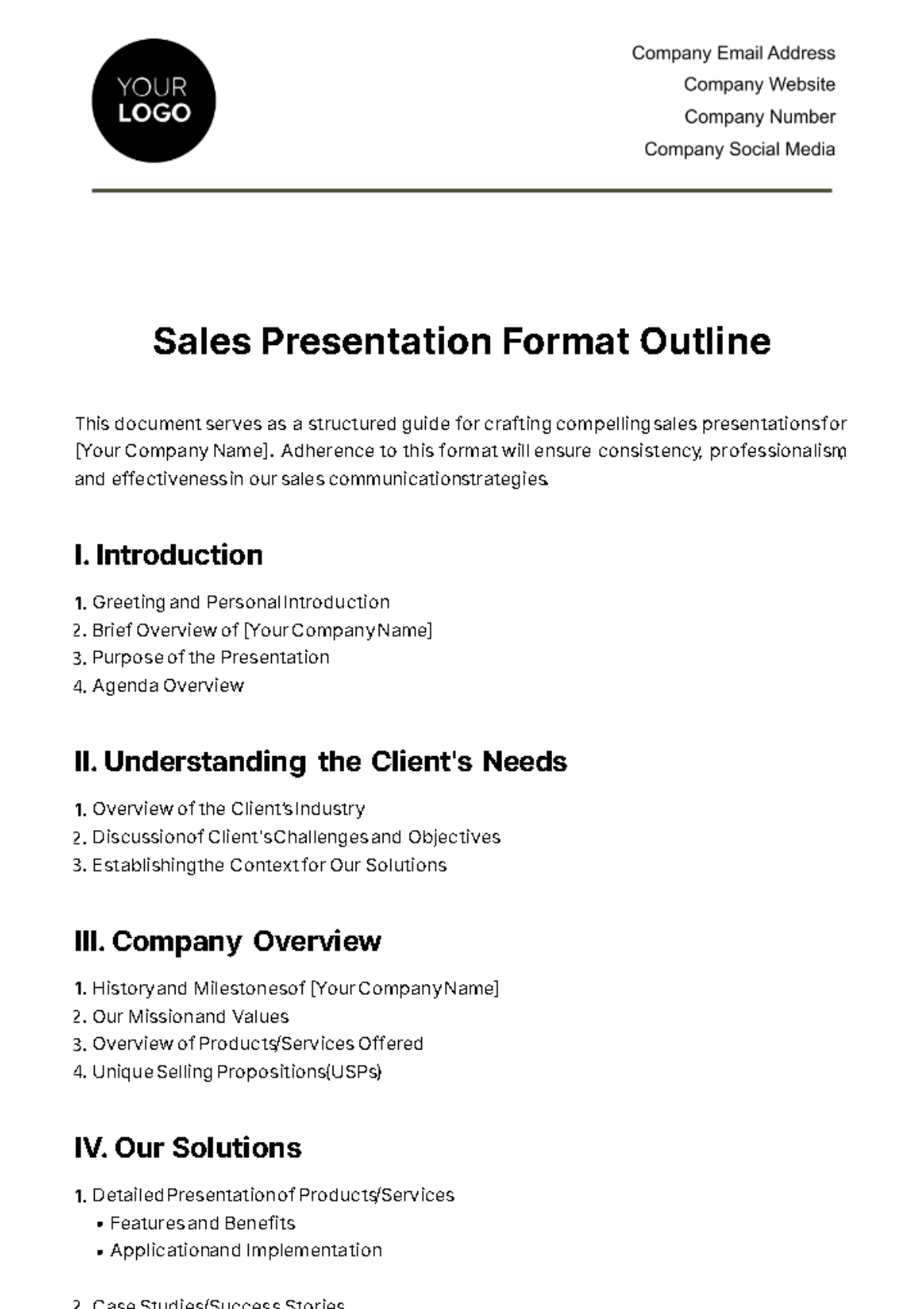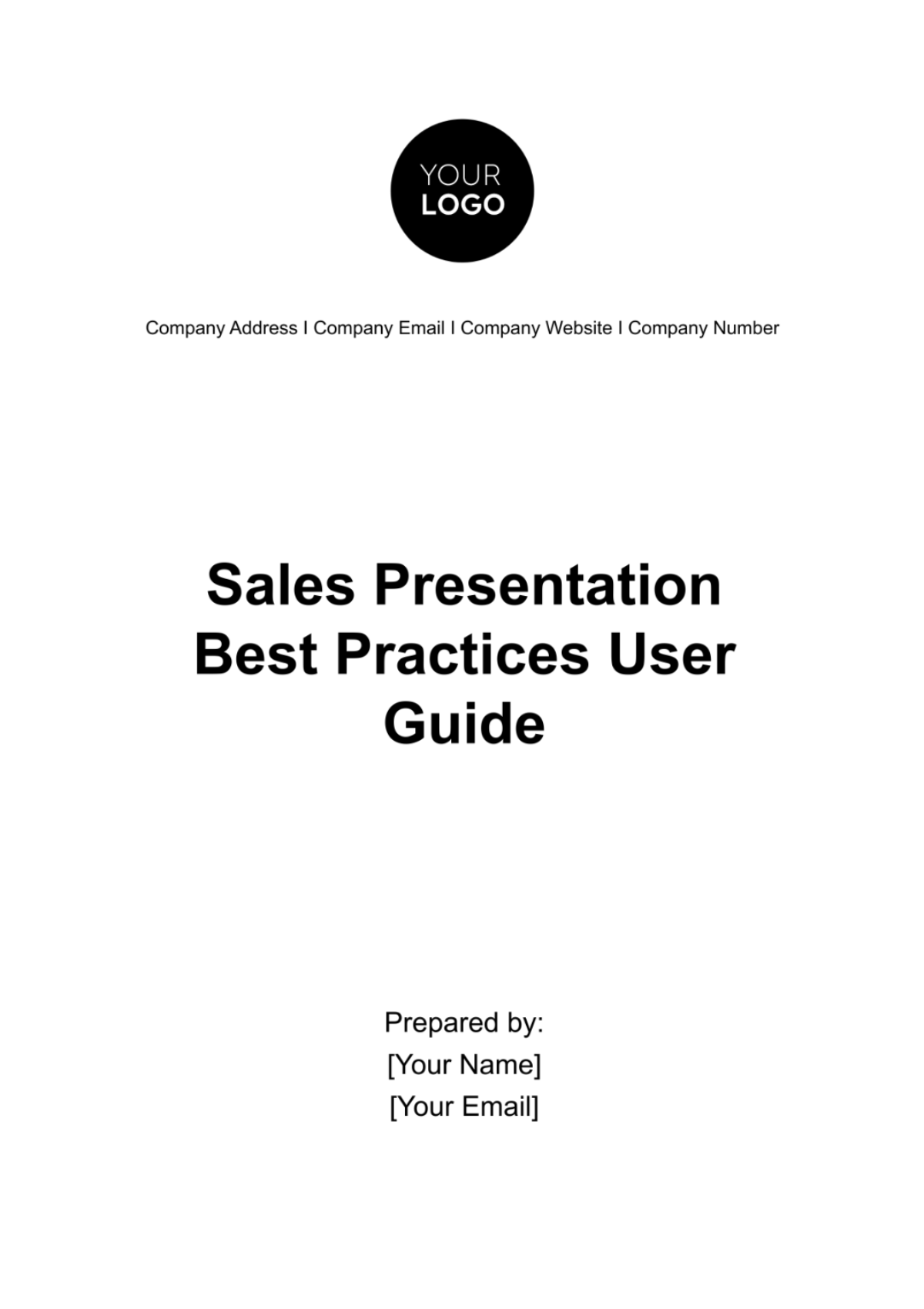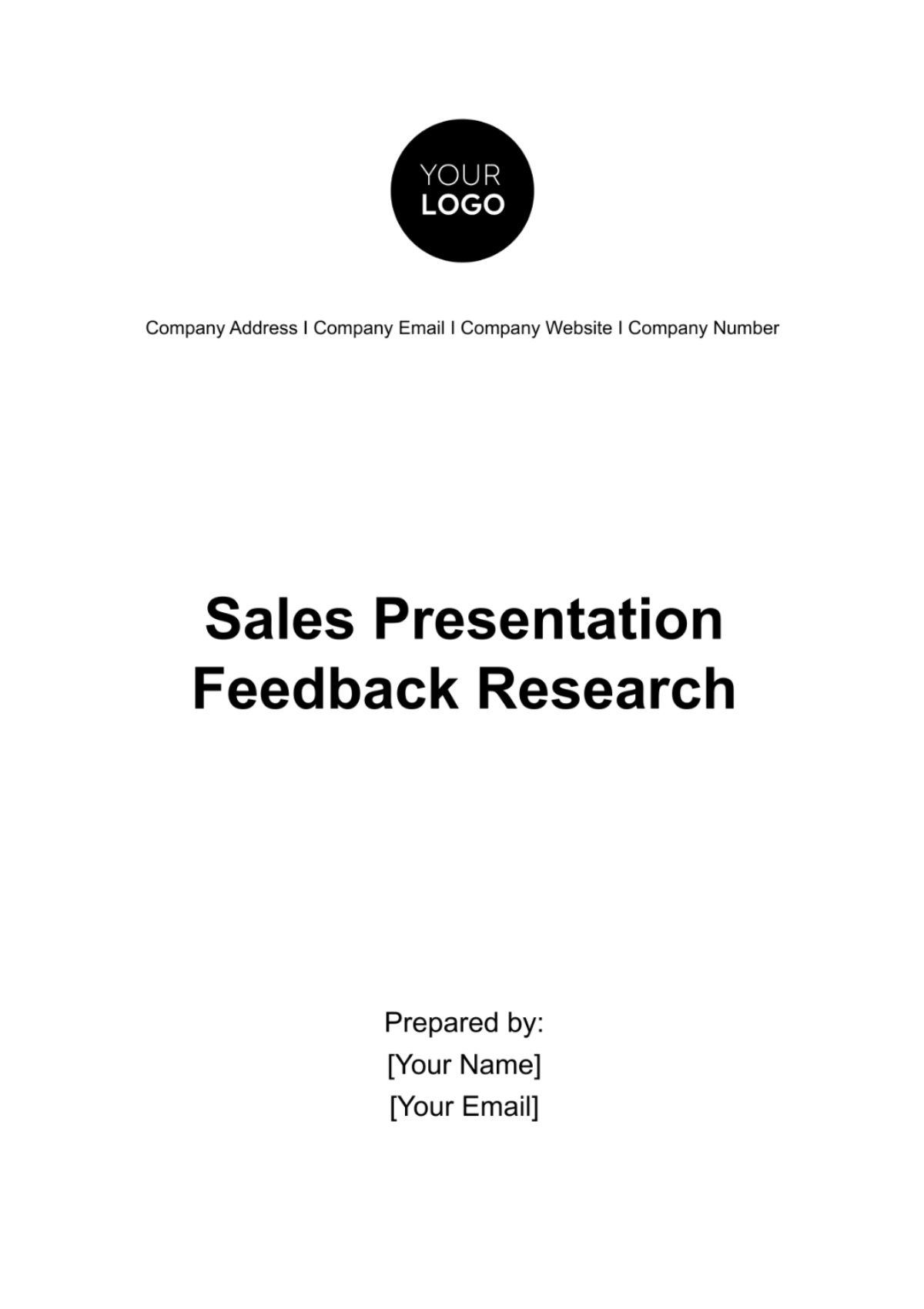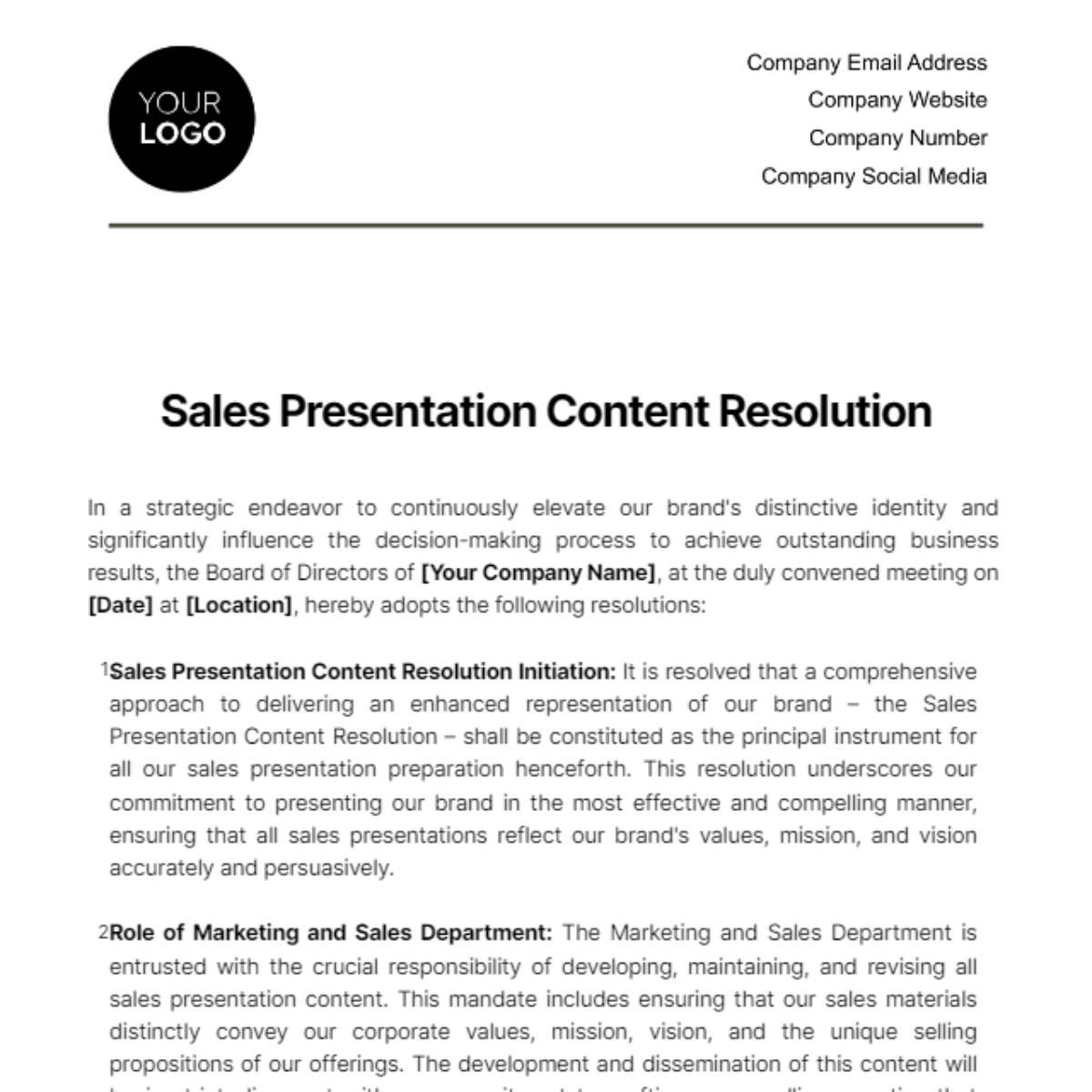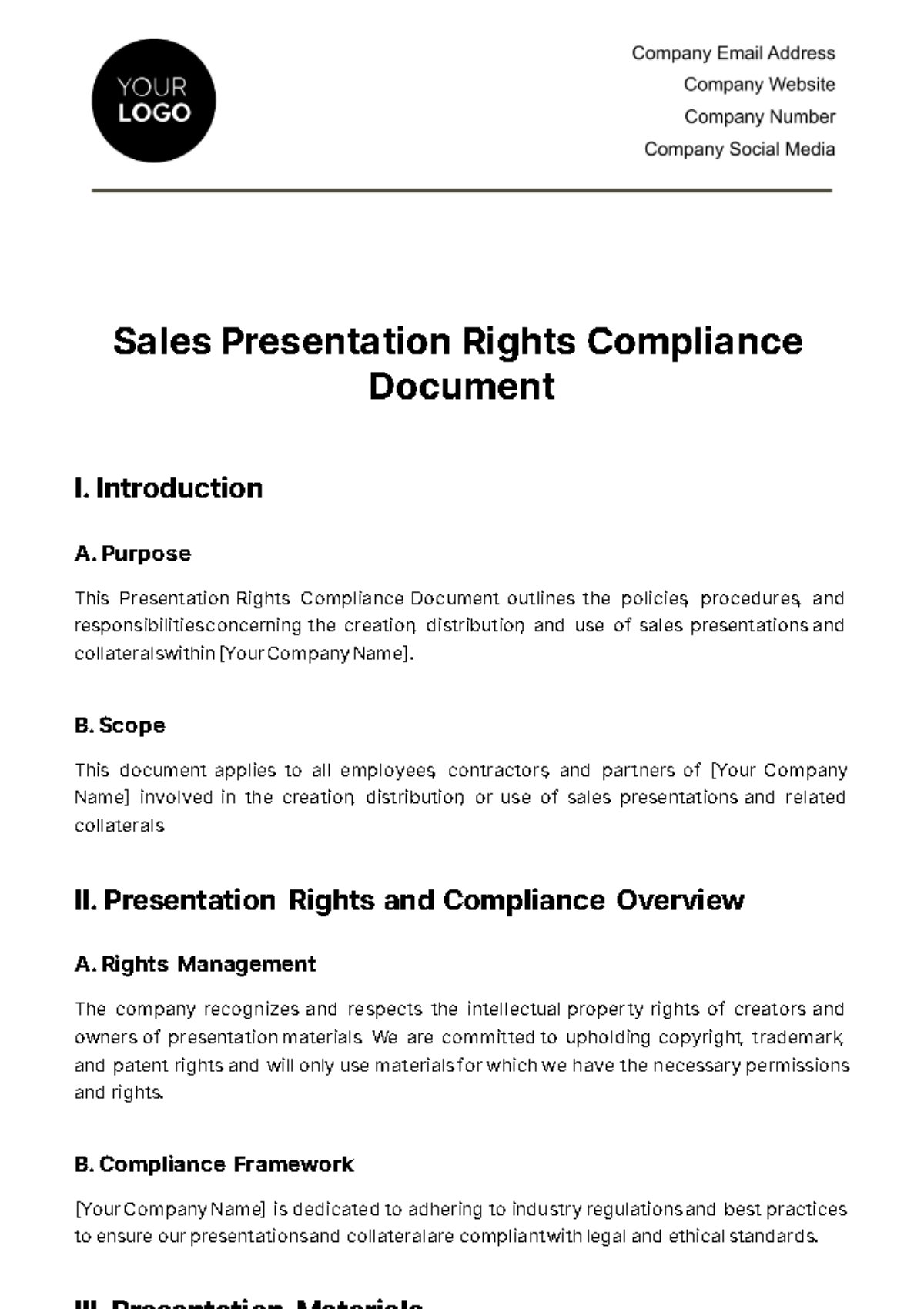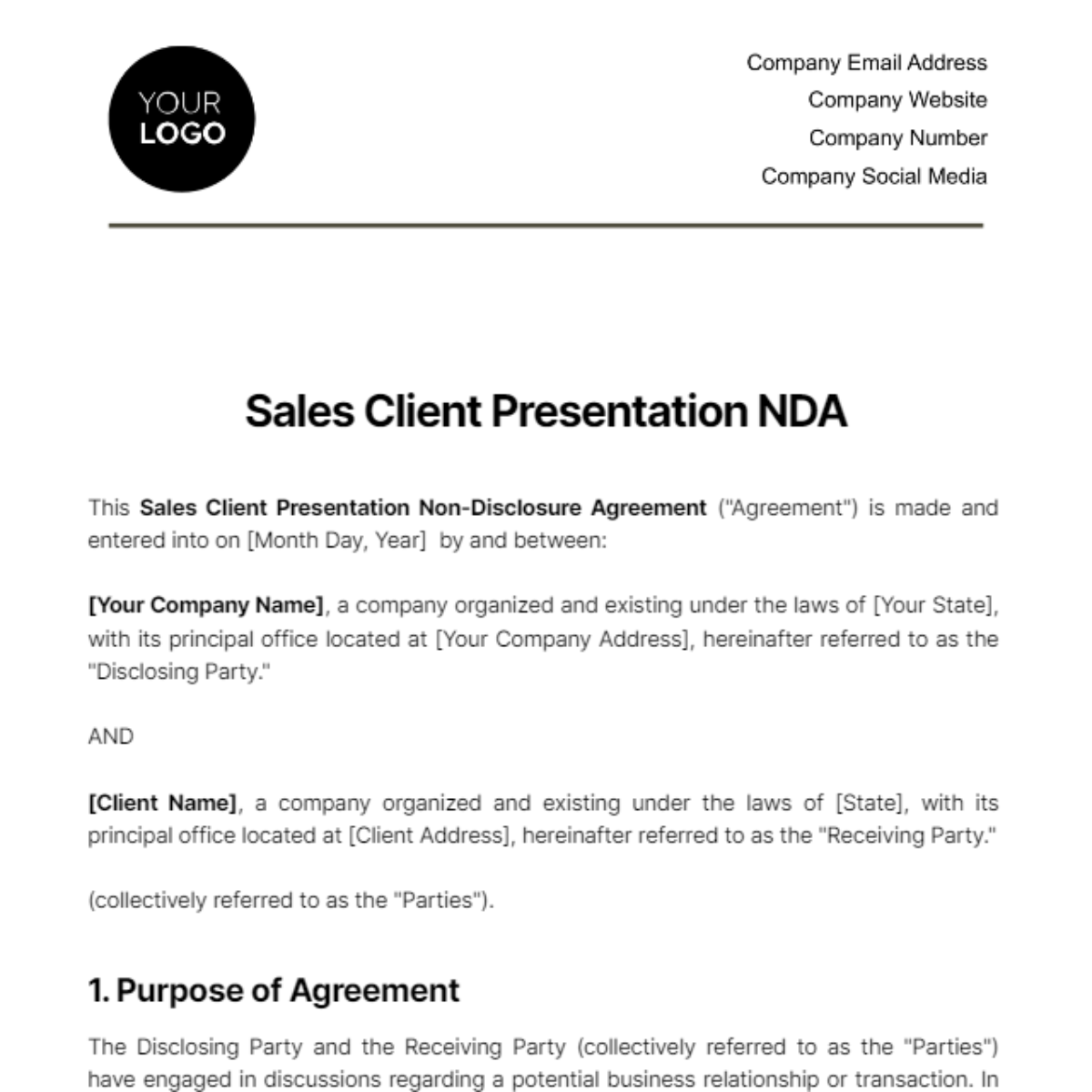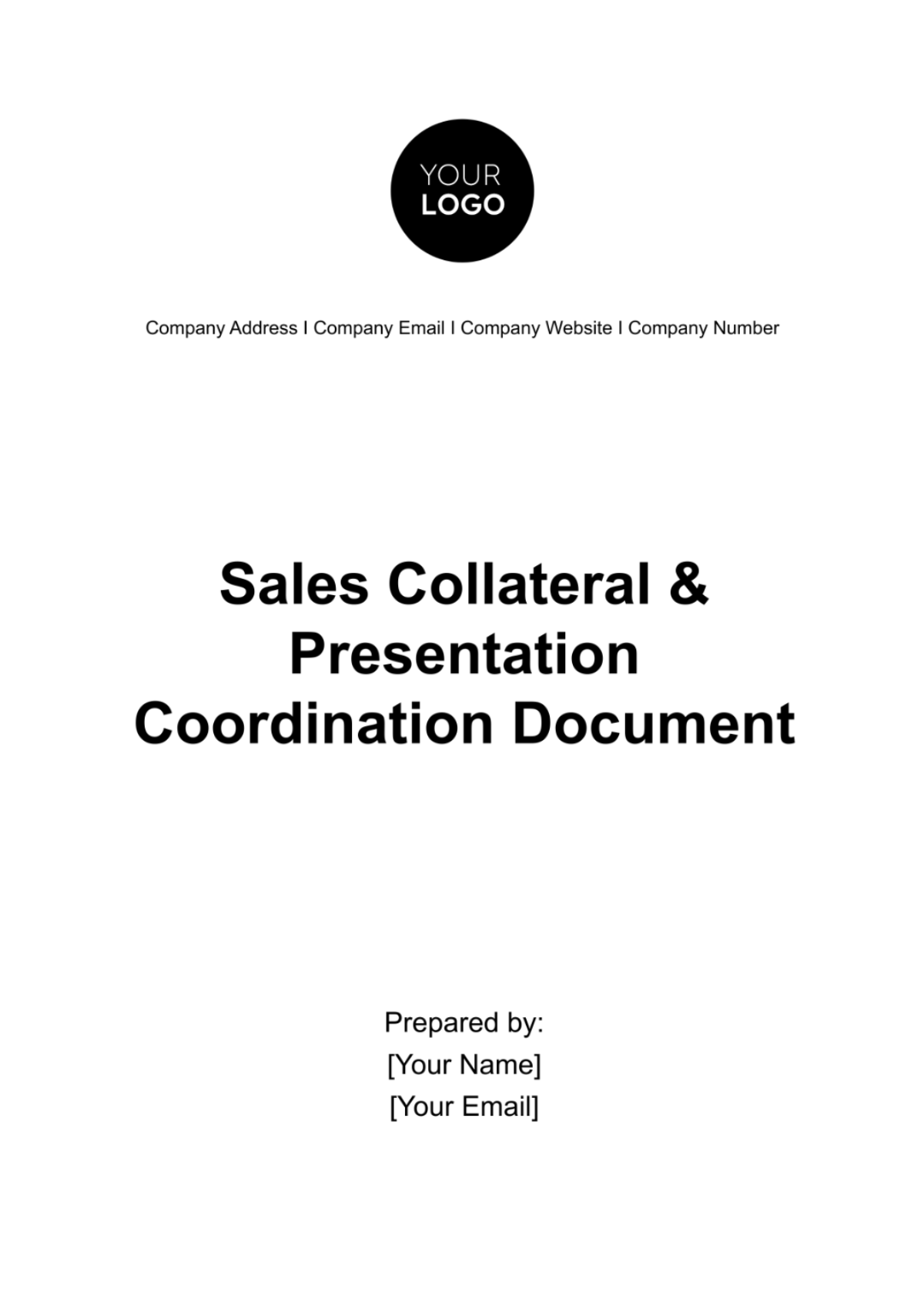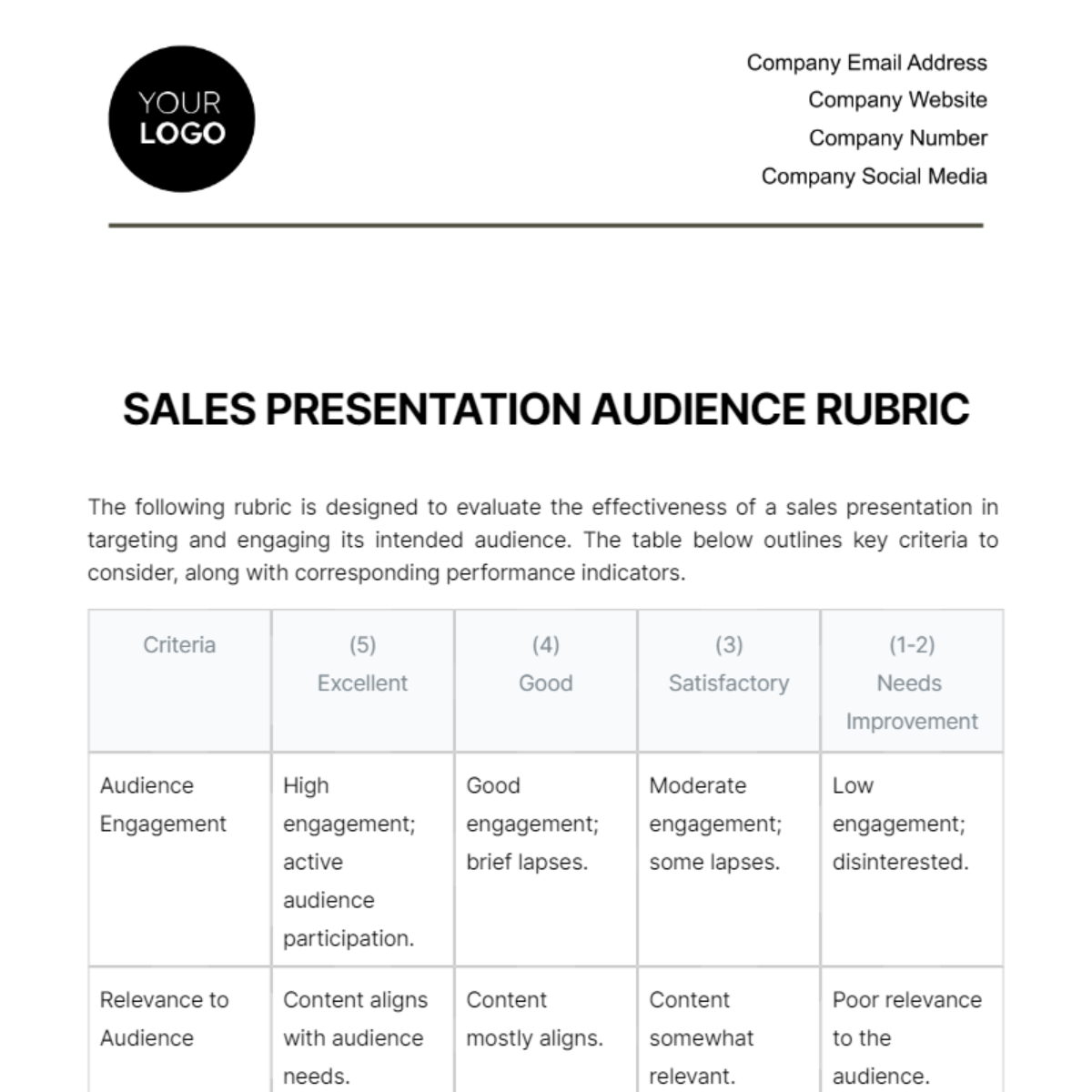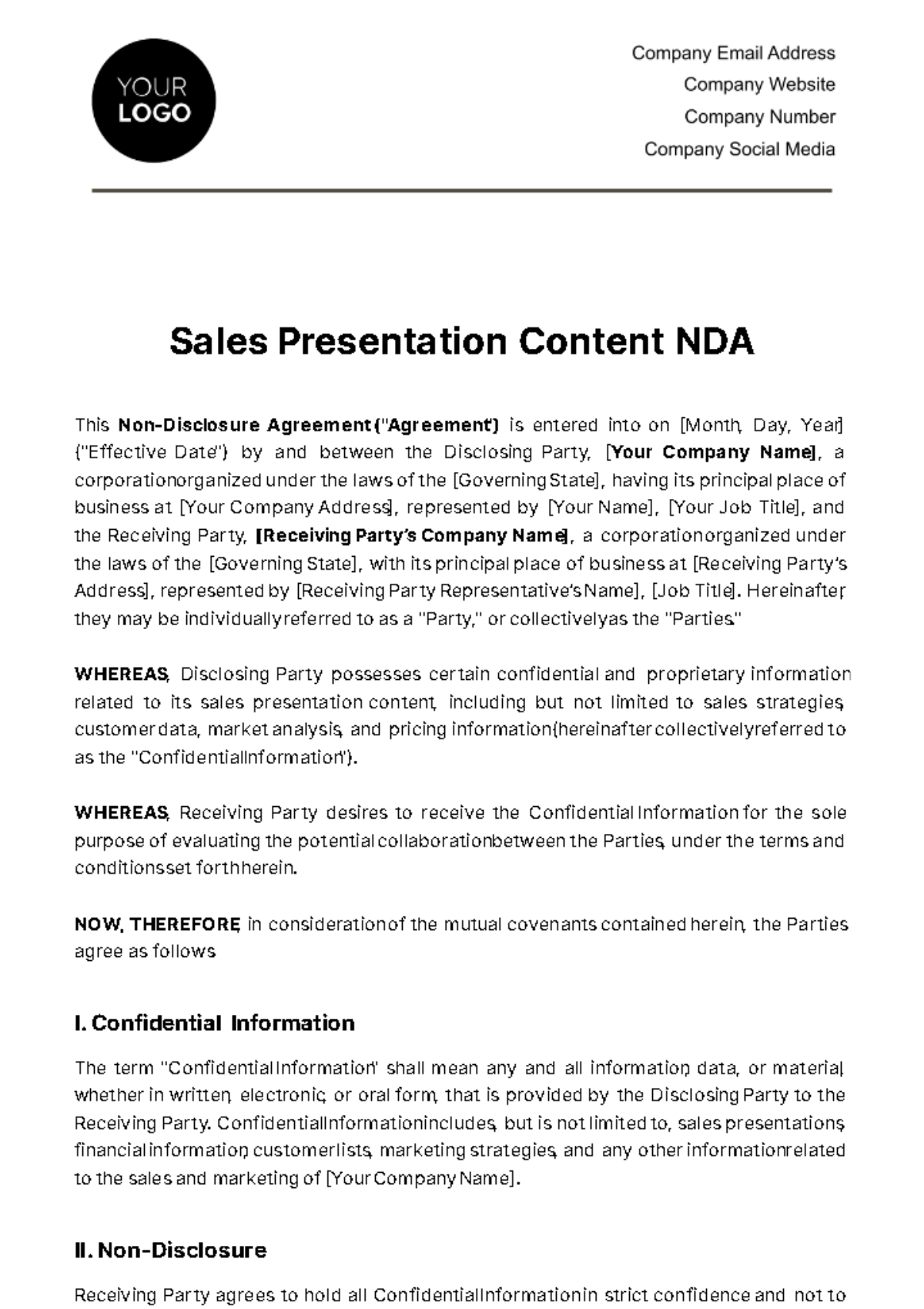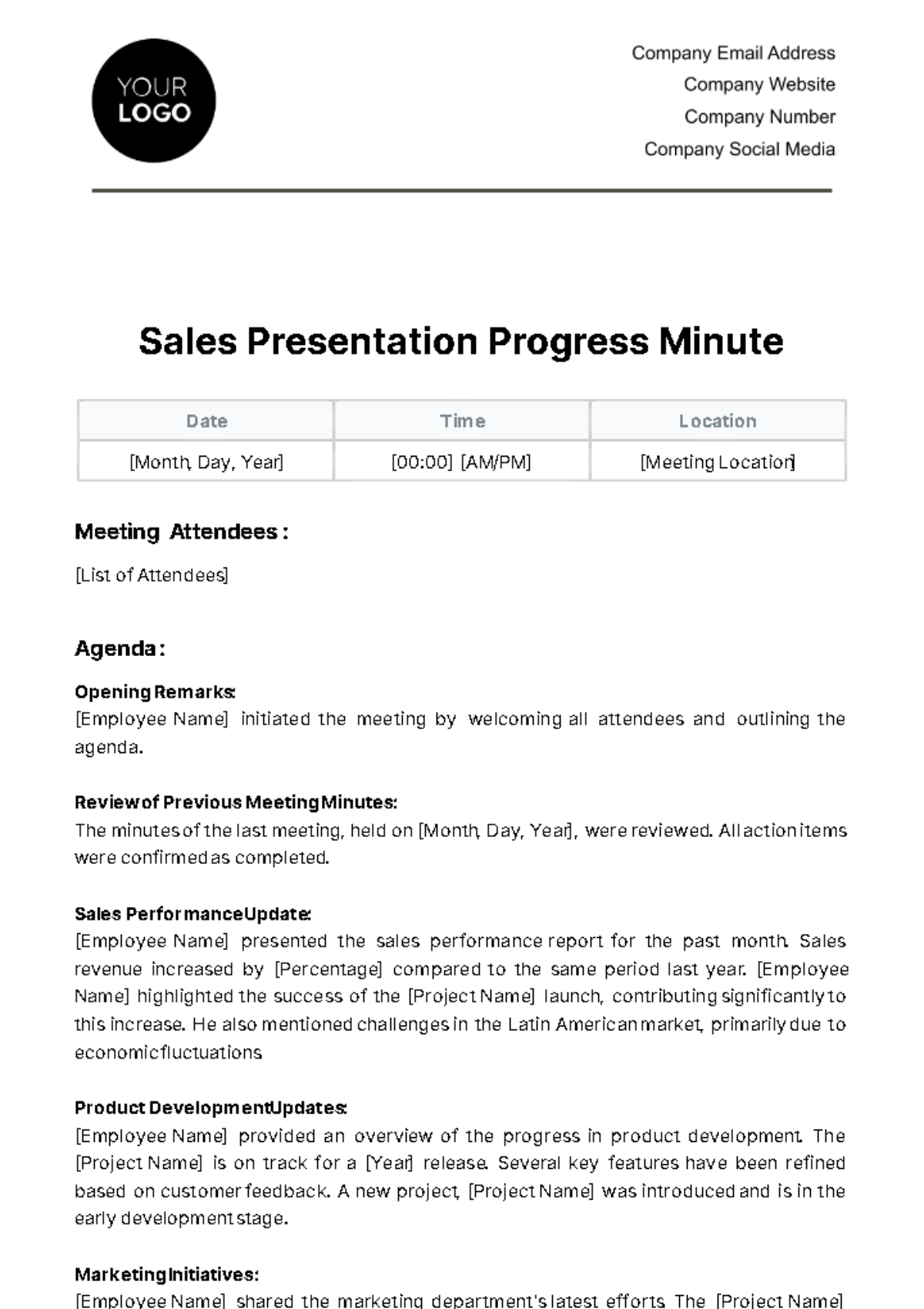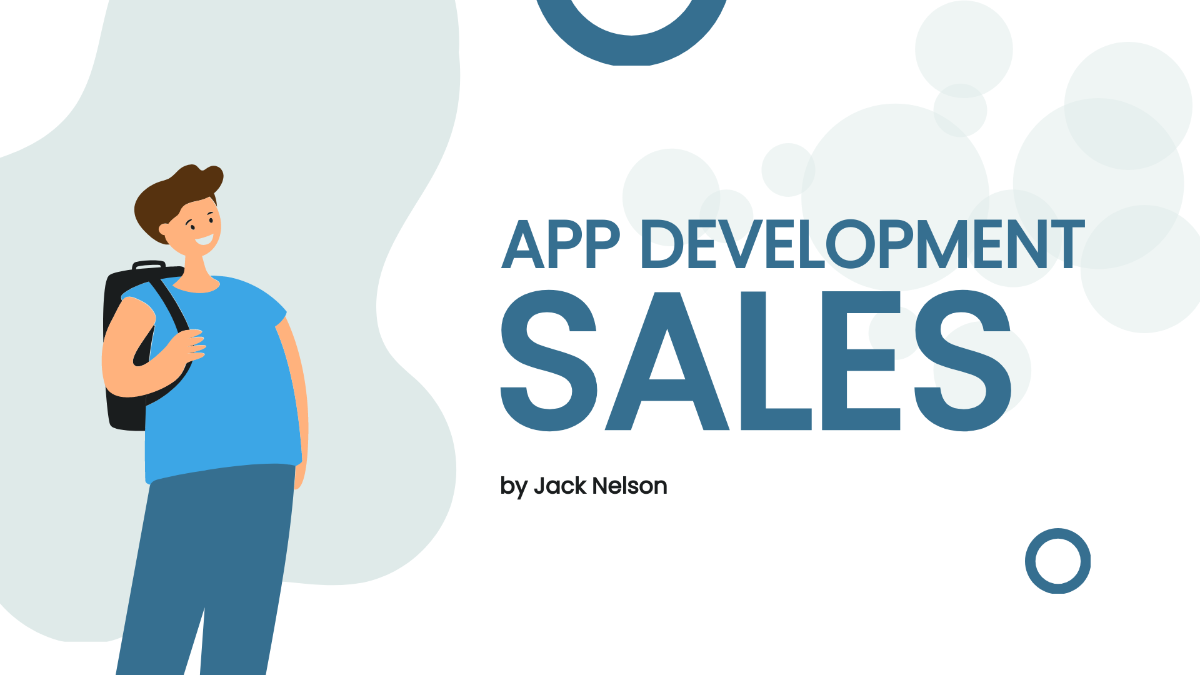Sales Presentation Topic Outline
Title: [Title]
I. Introduction
In the opening section, we will begin by welcoming our audience and providing an overview of the agenda for the presentation. It's essential to create a warm and engaging atmosphere, setting the stage for what they can expect to learn during the presentation. Additionally, we'll introduce the presenter, establishing their credibility and expertise in the subject matter.
II. Audience Analysis
Understanding our audience is a critical part of delivering an effective sales presentation. In this segment, we will delve into the demographics and pain points of our target audience. By identifying their specific needs and challenges, we can tailor our presentation to directly address these concerns. This tailored approach enhances the relevance of the content and increases the chances of resonating with our audience.
III. The Value Proposition
Defining the value our product or service brings to the table is at the core of our presentation. We'll explore the unique value proposition and highlight the key benefits that make our offering stand out in the market. It's essential to clearly articulate what sets us apart and why our audience should care.
IV. Problem Statement
To provide context and frame the discussion, we'll discuss a common challenge or problem prevalent in our industry. This problem statement helps the audience relate to the issues they may be facing and creates a foundation for the solution we're about to present.
V. Solution Presentation
The heart of our presentation lies in demonstrating how our product or service addresses the problem we've just highlighted. We'll provide a clear and compelling overview of how our offering works and its ability to resolve the challenges faced by our audience. This section should be engaging and showcase the practical application of our solution.
VI. Features and Benefits
In this part of the presentation, we'll dive deep into the features of our product or service. It's crucial to connect these features directly to the benefits they provide to the customer. We want to show how our features directly solve the audience's problems, making their lives easier or more efficient.
VII. Customer Testimonials
One of the most effective ways to build credibility is through real-world success stories. We'll share testimonials from satisfied customers who have benefited from our product or service. These stories not only validate our claims but also serve as relatable examples that resonate with the audience.
VIII. Competitive Analysis
Understanding how we compare with competitors is vital. We'll provide a comprehensive competitive analysis, highlighting our unique selling points and showcasing why we are the best choice in the market. This section should emphasize the strengths that differentiate us from others.
IX. Price and Cost Breakdown
Pricing can be a significant factor in a customer's decision-making process. We'll explore our pricing models and options, breaking down the costs involved. This transparency helps our audience make informed choices and understand the value they're receiving.
X. ROI and Value for Money
Demonstrating the return on investment (ROI) that our product or service offers is essential. We'll quantify the value our offering provides and explain why it represents the best value for the customer's money. This section adds a tangible dimension to the cost-benefit analysis.
XI. Objection Handling
Addressing common objections that may arise in the minds of our audience is a key part of our presentation. We'll provide reassuring and well-thought-out responses to these objections, ensuring that we build trust and credibility even when faced with skepticism.
XII. Closing and Call to Action
As we approach the conclusion of the presentation, we'll summarize the key points, reiterating the value of our offering. We'll conclude with a strong call to action, outlining the specific steps we want our audience to take after the presentation.
XIII. Q&A Session
To foster engagement and clarify any doubts or concerns, we'll invite questions from the audience. Providing detailed and informative responses during this interactive segment enhances the overall understanding of our product or service.
XIV. Visual Aids
Throughout the presentation, we'll utilize effective visual aids, such as slides, charts, and demonstrations, to make the content visually engaging and easily digestible. These aids will enhance the audience's comprehension and retention of the material.
XV. Timing
We'll allocate specific time slots to each section of the presentation, ensuring that we stay within the scheduled time frame and maintain a smooth flow.
XVI. Engagement Strategies
To keep the audience engaged, we'll employ various engagement strategies, such as storytelling elements, interactive questions, and open-ended discussions. These techniques enhance the overall presentation experience.
XVII. Next Steps
After the presentation, we'll outline what happens next. This includes details on follow-up meetings, demonstrations, or any other steps in the sales process. Clarity on the next steps is essential for guiding the audience's post-presentation actions.
XVIII. Conclusion
In the final segment, we'll recap the main points of the presentation, emphasizing the value of our offering and thanking the audience for their time and attention. The conclusion should leave a lasting positive impression.
